|
..All month long we have been discussing Community Helpers. by Experience Early Learning. We have learned about doctors, firefighters, police officers, plumbers, teachers, and so many more. I was pleasantly surprised when I hung this on our study wall. Factory workers are a vital part of our community and seldom ever discussed. Often, when parents discuss what they do for a living, they are hesitant to state that they are a factory worker. This should not be. This overlooked profession is the backbone of our community and provided just about everything we use on a daily basis. We made it a point to help our little learners understand this important role. In famous preschool fashion, we played a game. We made this little game up and we called it, "Find something made in a factory." Our toddlers raced around the room pointing to tables and chairs, plates and cups, crayons and markers, even their shirts and shoes. Time and again we called out, "YES!", "YES!" "That was made in a factory by a factory worker!!" We then asked an important question. "If your mommy or daddy did not go to work to make those things, what would we do?" We came up with some ideas but decided that being a factory worker is a VERY important job and certainly a "helper" job. We then gathered into small groups and decided to make something of our very own. Using loose parts and materials provided by Experience Early Learning This activity provided us with LOTS of loose parts and the opportunity to create a unique project. We made LOTS of robots. We chose parts and pieces as we discussed what our robots might do and say. Loose parts can be in the sand box, on the playground, in the sensory table, or the block table. We can provide loose parts in Creative Parts by supplying buttons, poms, pipe cleaners, googly eyes, beads, glitters, spangles, adhesives, and the time and space to explore and create without direction or expectation. "Giving meaning to loose partsGiving meaning to loose parts requires us to think about the possibilities of how a child learns and consider the materials and environments she uses. Loose parts create endless possibilities and invite creativity. For example, if a child picks up a rock and starts to play, most likely that rock can become anything the child wants it to be. Imagination, creativity, curiosity, desire, and need are the motivation of loose parts. Loose parts are materials that can be moved, carried, combined, redesigned, lined up, and taken apart and put back together in multiple ways. Loose parts can be used alone or combined with other materials. There is no set of specific directions for materials that are considered loose parts. The child is the direction." - https://extension.psu.edu/programs/betterkidcare/early-care/tip-pages/all/loose-parts-what-does-this-mean
Giving children tasks that challenge them build their self-confidence, ability, and determination. Allowing them to try and to fail in a safe and encouraging environment is fundamental to them developing even more determination to pursue harder tasks. "No one is great at something the first time they try it. Success comes from hard work, practice and, yes, even failure. When young children are learning to walk they have to fall down again and again and again in order to master the balance they need to stand upright (and even then, they will still fall down). When learning to feed themselves, tie their shoes or master long division, children have to try, practice and learn from their missteps and try again in order to master their new skills. You can help your child learn from their failures and use those failures to work towards great successes." - https://www.canr.msu.edu/news/the-key-to-success-is-failure Our curriculum developers at Experience Early Learning understand this and value the importance of giving children the opportunities to succeed and to fail. We often give our little learners motor skill activities that are just like this that stimulate efforts and grit. Just look at how hard they are working!!By the end of this experience we observed all the different colors they created using their syringes, paint choices, perseverance and time.
All in a day of play at Woolsey Academy! As always, we wish you well and we hope you get to play today! -L
1 Comment
Community Helpers!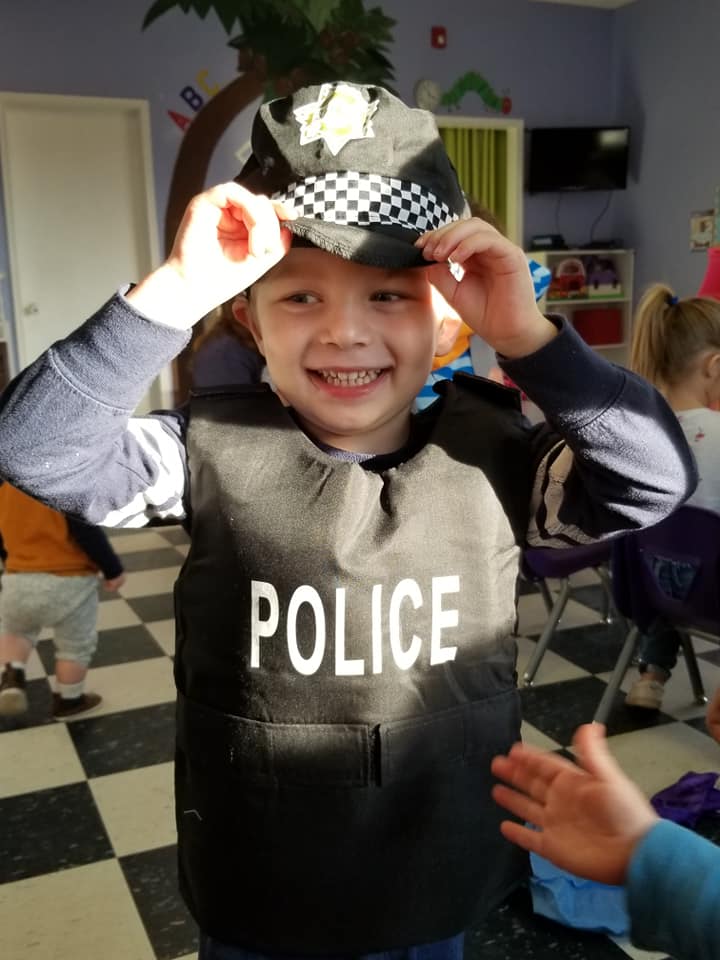 We LOVE Community Helpers! Firefighters, Police Officers, Doctors, Teachers, Mailmen (and women), and so many more. Our month of Community Helpers with Mother Goose Time and Experience Early Learning included some "non-traditional" community helpers that really drove home that it takes MANY people working together to build a community. Studying, observing, experiencing, reading stories about, and pretending to be community helpers teaches our little learners that what the adults in their lives do each and everyday matters to us all. It puts meaning to, "Mommy has to go to work" and gives children a sense of belonging and pride in the work they see being done throughout their cities and towns each day. "As children develop, it’s important that they learn about their individual roles in the community. Teaching children about service to others, how it helps themselves and others grow, helps children to build a sense of self worth and belonging. They learn better communication skills, teamwork, and confidence. They also begin to understand how their actions impact the people and things around them." - https://www.kids-harbor.com/school-and-community-link/ In this activity we utilized a non-traditional method of painting to recreate our version of flames as we discussed and observed what we know about fire.As we discussed firefighters we began to build a list of attributes that we could pull from to discover "what we know" and "what we want to learn." We used this list for further educational moments through play as the day and week continued. In our paintings we observed how the red and yellow mixed together under the prongs of the wooden forks to makes hues of oranges. We drug our forks up and down across our black canvas to simulate flames. We discussed how to keep ourselves safe around a flame and what to do if we saw another child playing with fire. In the middle photo we listed the attributes of the Firefighter. We had a posted a photo of a firefighter in his "turnout" gear and we named the parts and purposes for each piece. We also noticed that he looked proud in his gear and we surmised why he may feel that way. We also (last photo) used the word "fire" to practice our phonics and the sounds of each letter that builds the word "fire". We practiced writing each letter as we build our own "fire" words. We LOVE being able to read words that we have written all by ourselves! Mother Goose Time provided many Community Helper emergent reader site words with photo prompts that are very beneficial for our little learners and aid in their ability and confidence as they begin their reading journey. Police OfficerBe still my heart!!!!! LOOOOOOoooookkkkkyyyyyy at those darling faces!!! We love learning through play and giving our preschoolers the opportunity to become what they are learning about is the BEST way to get conversations, role playing, and questions bubbling about. Even our tiny tots love playing dress-up and doing so builds self-esteem, ability to dress and undress oneself, and confidence as they transform into the attributes they believe each possess. "Physical Development Gross motor skills will be developed when your child uses large muscles running and jumping, casting a line like a fisherman, running and dodging like a football player, or leaping like a dancer. Dramatic play also allows children to practice fine motor coordination by buttoning a jacket, tying on an apron, fashioning a cape from a piece of material, and so on. Social Skills Dress-up play encourages interaction and communication with others. It often becomes cooperative as your child interacts and communicates about what their doing. Role playing encourages teamwork and an interest in other children and what they’re thinking and doing. Kids learn to negotiate in this way, to collaborate, take turns, and create and play by the rules. There is also research that has linked role play to empathy: Kids who engaged in it were more skilled in judging how other people might feel than those who didn’t role play as much. Since role playing usually includes pretend conversations – solo or with others – you will often hear your child using accents and other verbal inflections that they imagine will help them become the person they are dressed up as. This is a great opportunity to develop communication skills. Second language learners especially benefit from this conversational practice. Life Skills One mom I spoke with said that her two taught themselves to get dressed – shirts on the right way, shoes on the right feet, buttons and zippers done up – because one day she was baking bread and couldn’t help them with their dress-up costumes right away. In some role playing situations, children pretend to do household chores, like vacuuming, cooking dinner, and taking care of pets. They also try out jobs, learning more about them along the way. Stretching the Imagination One of the big – and most obvious – aspects of dress-up play is that it uses a child’s limitless imagination. By imagining themself to be someone different, a child develops their creativity. Using different things in new ways – pretending a piece of cardboard is a sword, a colander is a hard hat, and a long skirt tied at the bottom is a mermaid’s tail – flexes those imagination muscles. And imagining yourself as a superhero is a way to feel powerful in a world where everyone seems to be controlling the agenda and telling you what to do and how to do it. Developing Confidence By dressing up as someone else, children build confidence in themselves. This is an important aspect of growing up to be a secure, emotionally healthy adult. And by encouraging and facilitating role playing, we can nurture that confidence and help them understand that they have the ability to be anybody they want and accomplish anything they desire. Working Through Experiences and Emotions When they are in their own little make believe world, children can feel safe enough to explore their emotions. They can use dress-up play to make sense of the world by acting out and working through an experience they have had. So when your daughter pretends her PJs are a doctor’s scrubs and checks her doll’s heartbeat using a pretend stethoscope, she might be reliving something a bit scary that she has experienced in real life. Pay attention to these situations because your child’s dress-up roleplaying can be a window into their mind and give you clues to what is bothering them." http://childsplaymagazine.com/1504/dress-up-play.htm Not enough costumes for everyone to become an officer? No problem at all!!! These darling little hats were a Creative Arts activity provided by Mother Goose Time and gave us much needed fine motor skills building by peeling star stickers to make each hat unique and enough hats for each child to transform into an officer. No sooner did a completed hat sit on a little heard, did a HUGE proud smile cross each little face. These pictures don't lie!!! Our littles LOVED pretending to be police officers. They pulled over "speeders", helped their "lost" friends, and "wrote tickets!" Clearly we were working through some real life experiences!!! :0)
Learning through play is our daily goal and I think its safe to say we accomplished it all month long with Community Helpers!! As always, I wish you well and I hope you get to play today! -L |
Life is made of moments..."There isn't anything more full of hope, joy and peace than a child's smile... It captures the mundane and makes it extraordinary." - LaDonna Woolsey I am a Mother Goose Time Blogger. I decided to become one after trying their products because I they are comprehensive and serve my mixed age group well. I do receive products to review from Mother Goose Time and do so with my own honest and thorough opinions. For more information, please contact me at [email protected]
Categories
All
Archives
November 2019
Categories
All
|
Location |
|
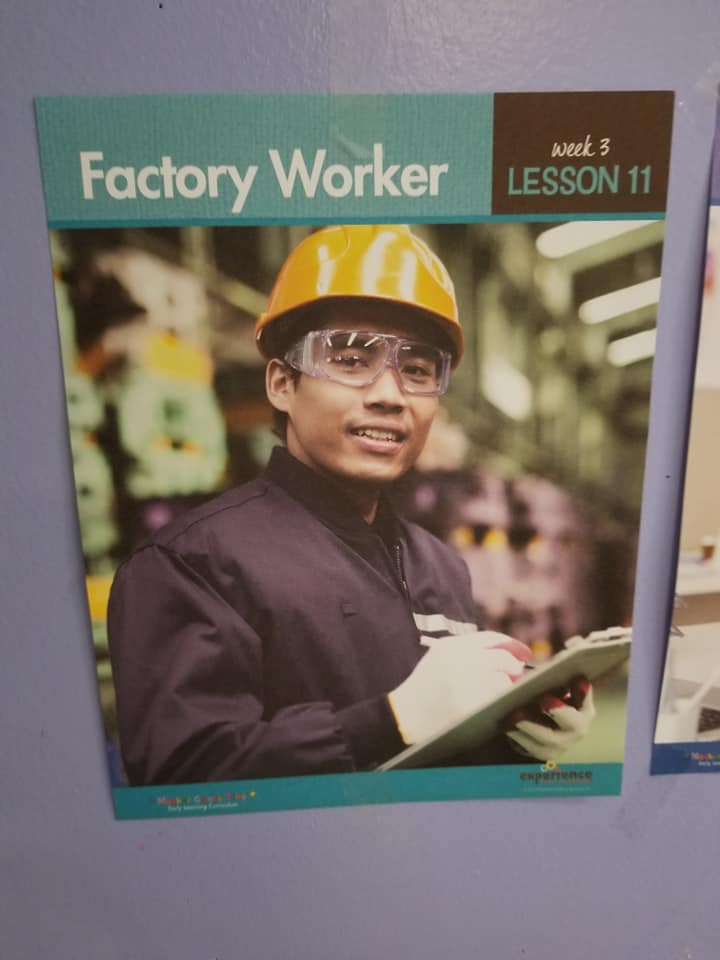
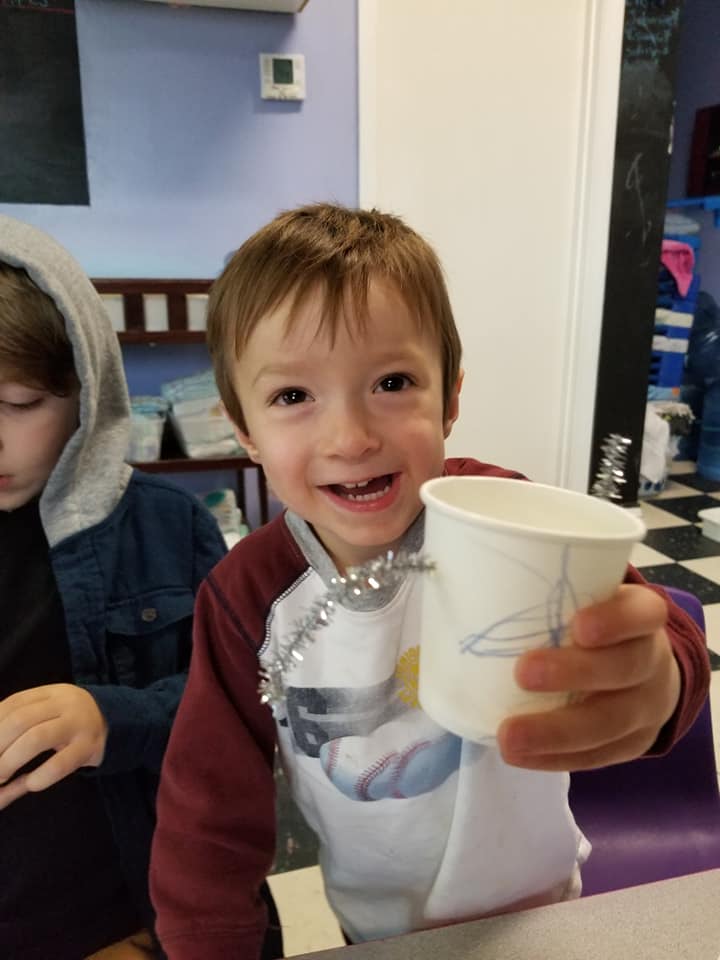
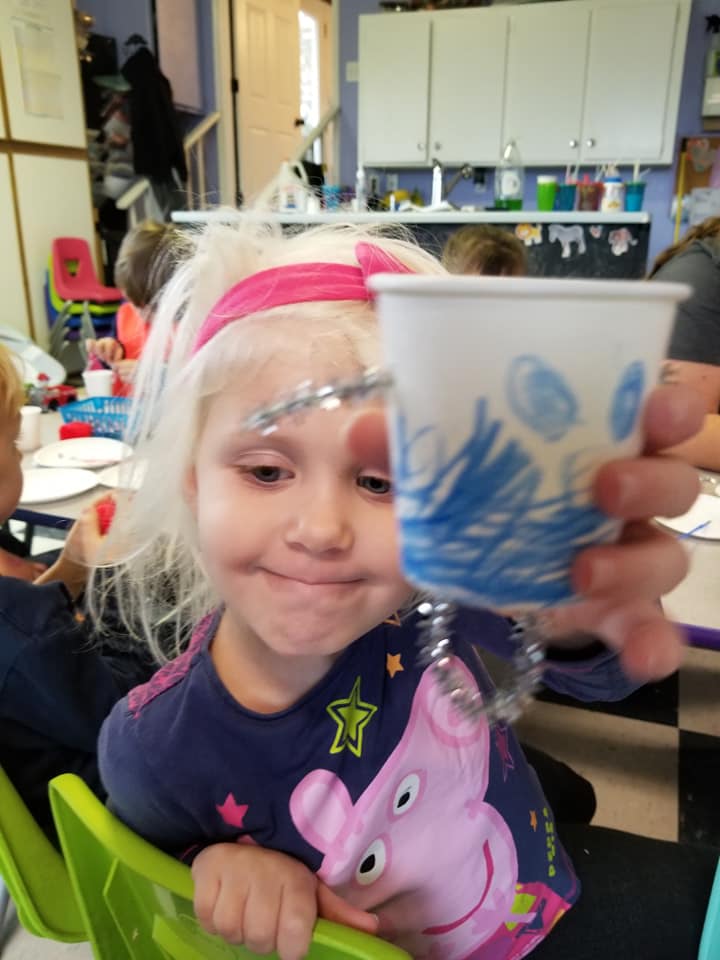
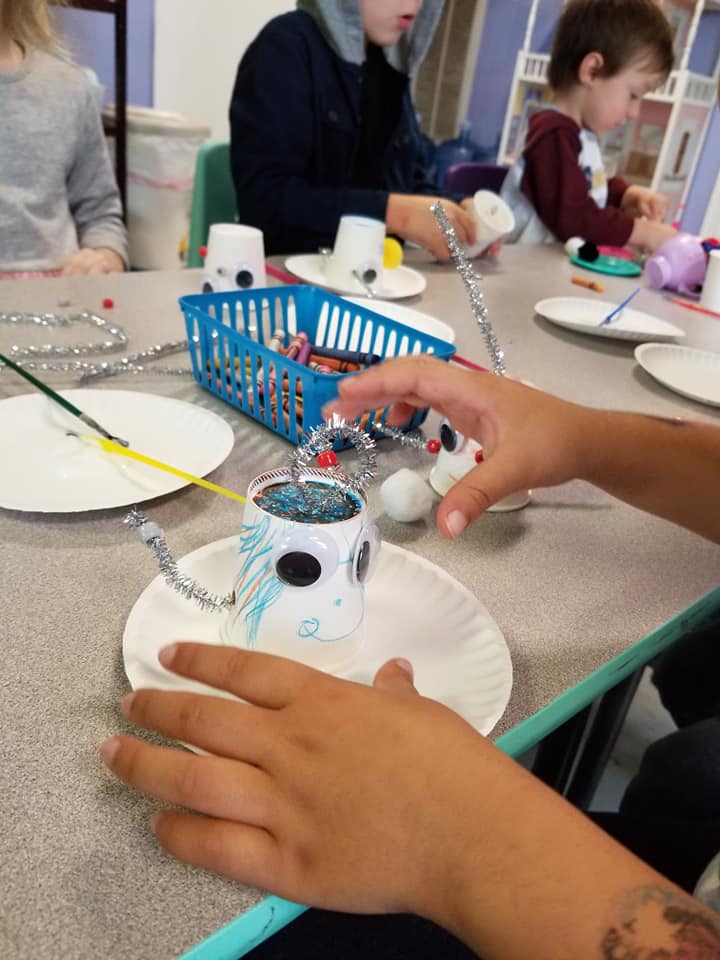
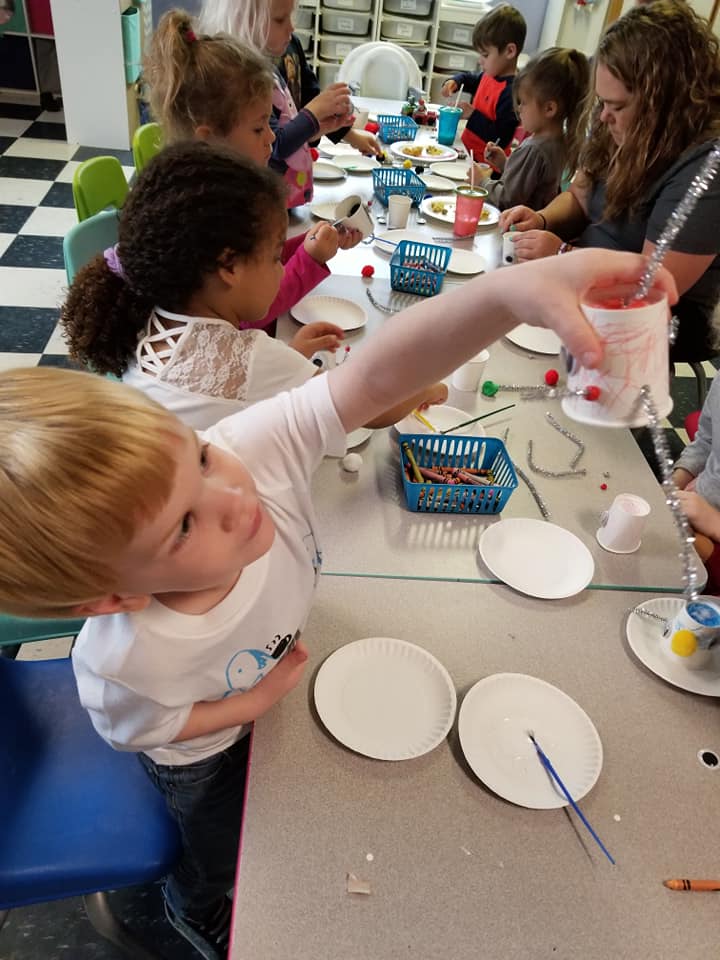
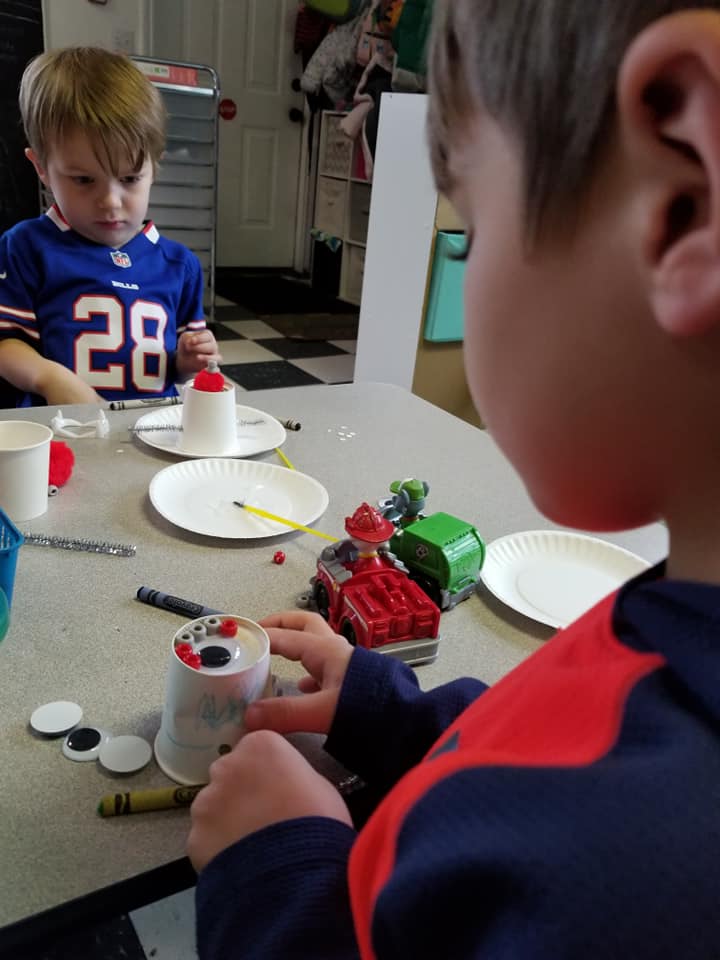
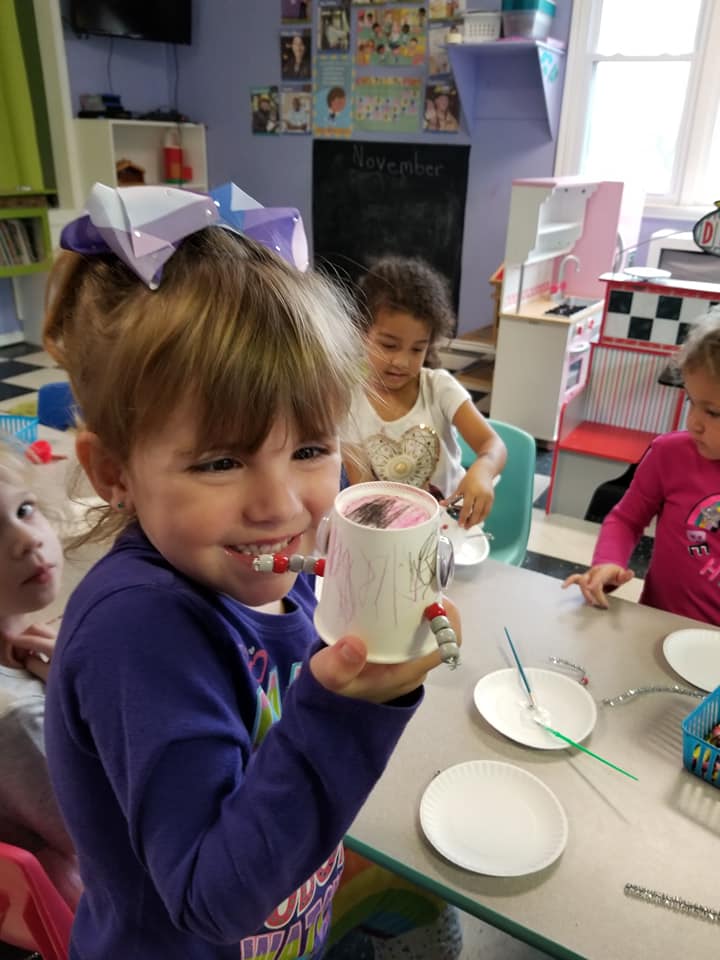
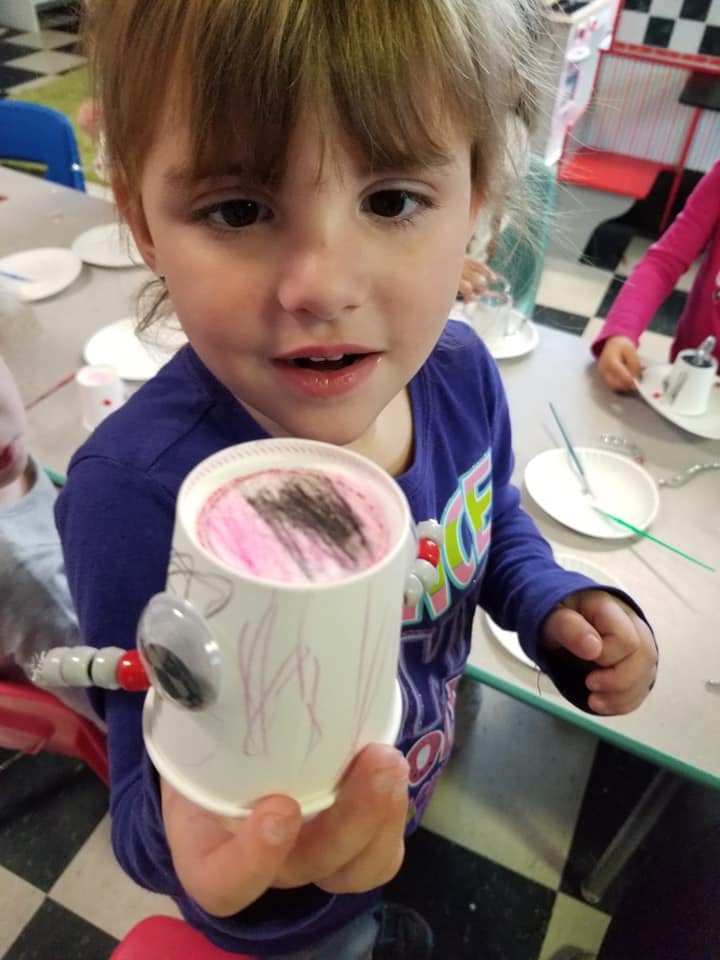
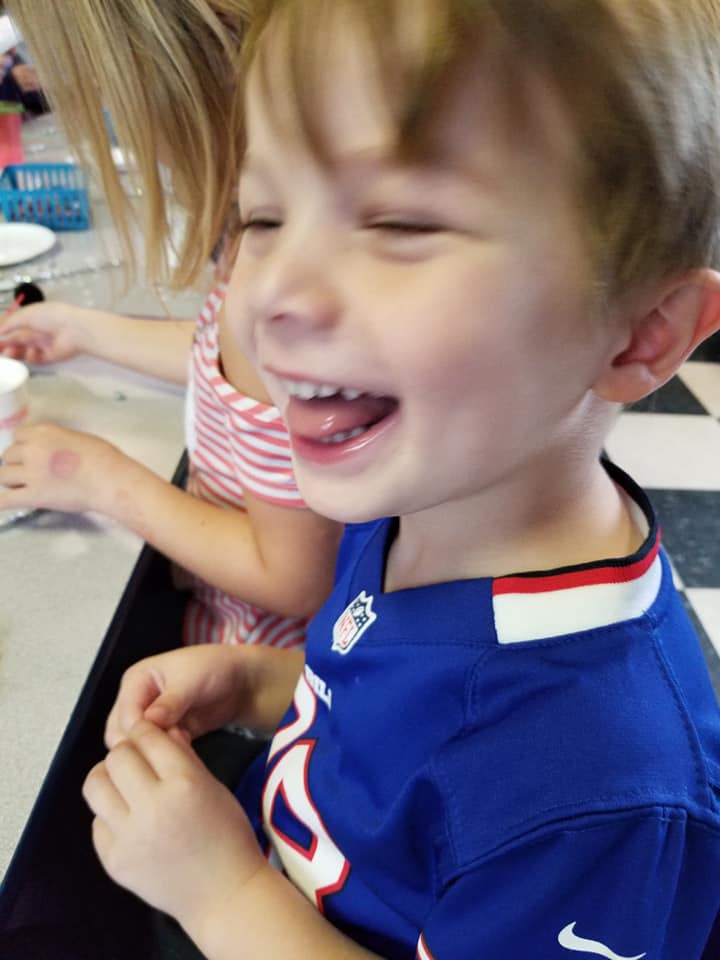
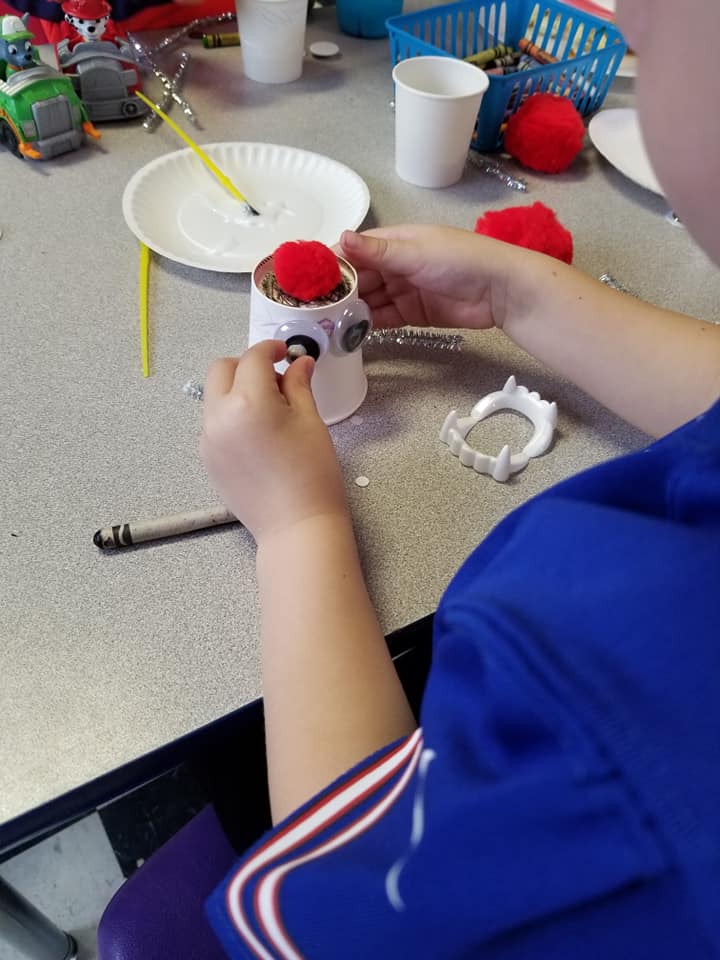
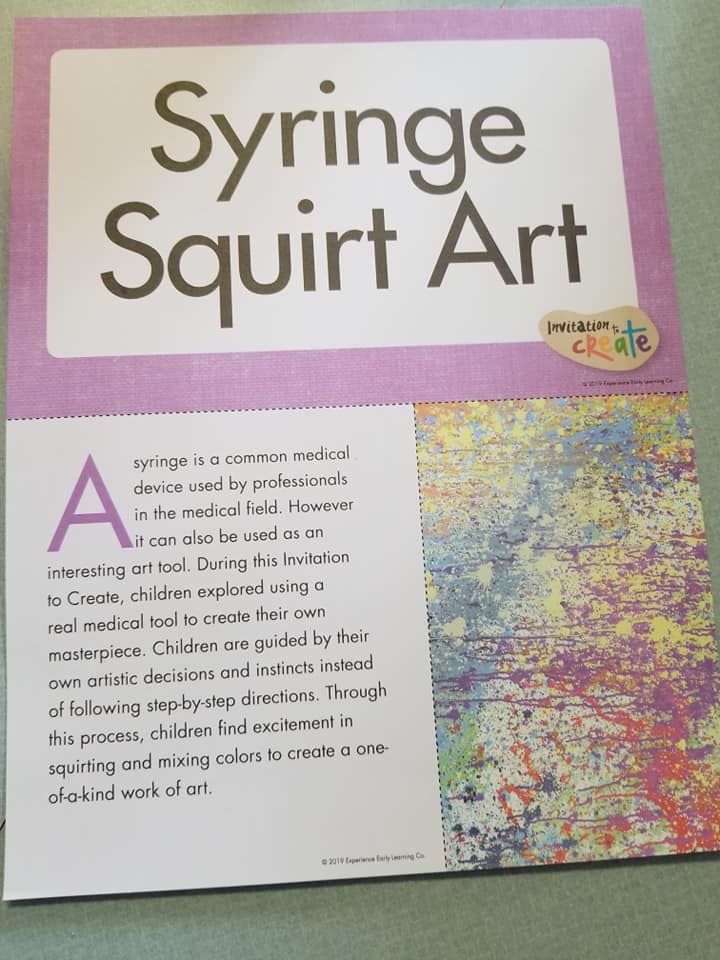
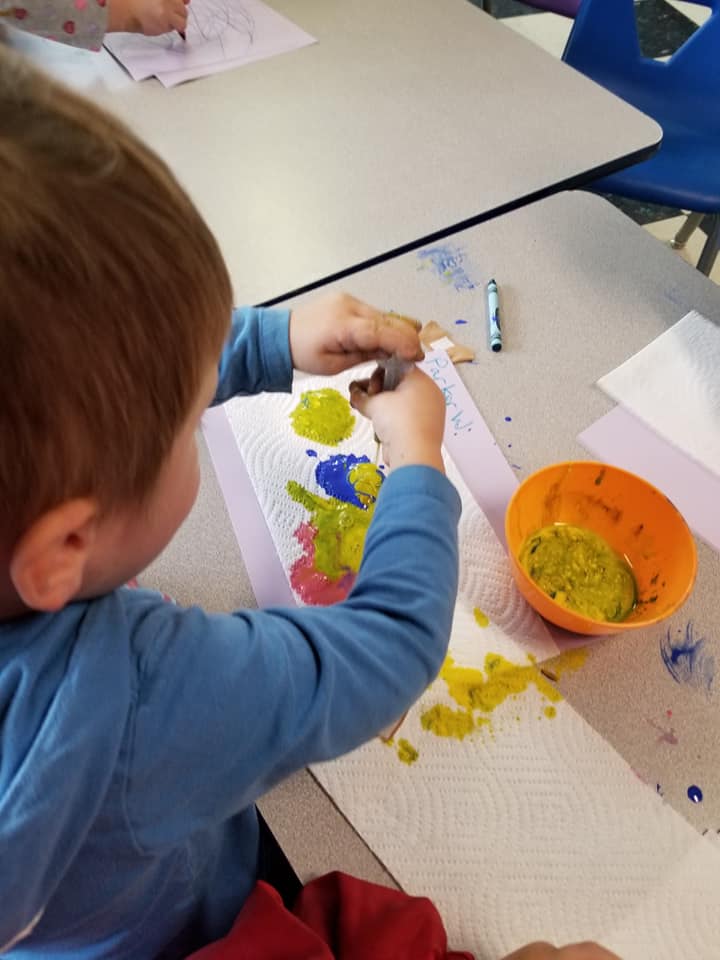
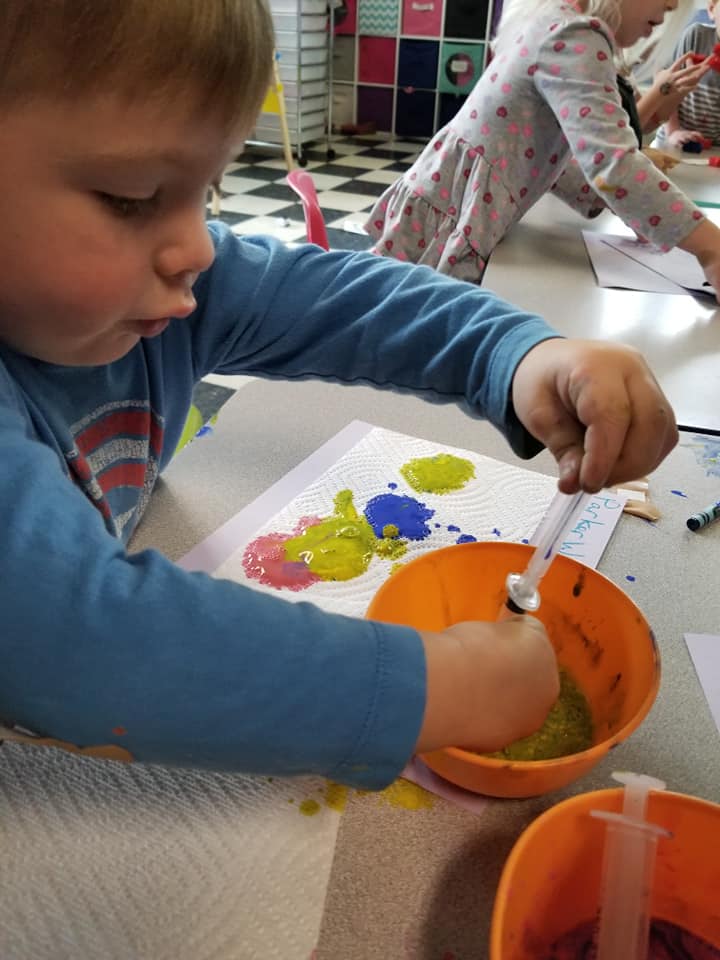
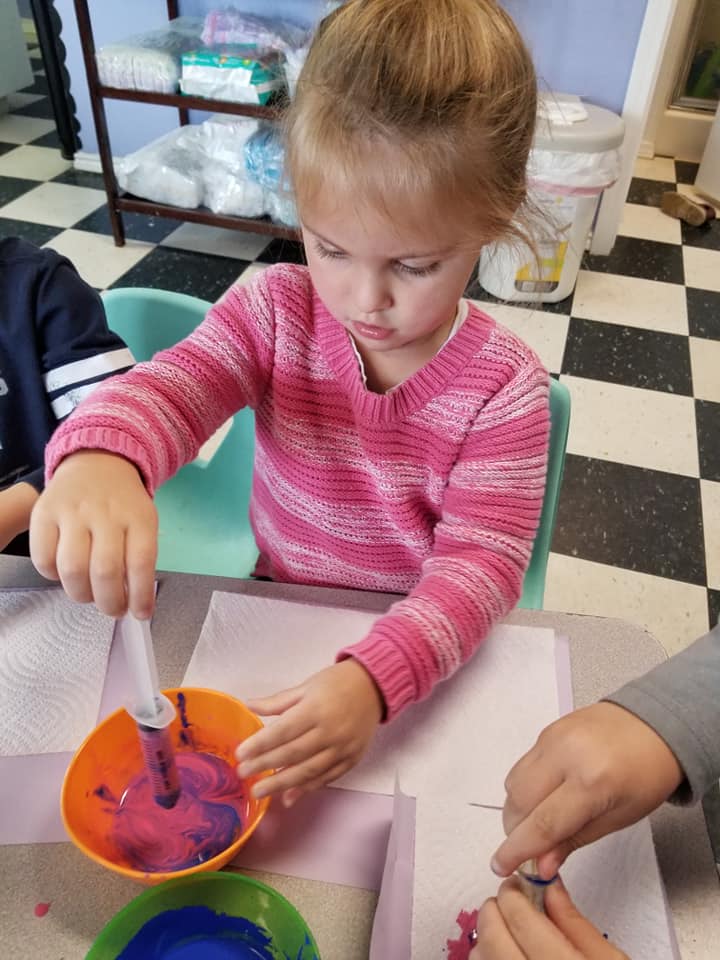
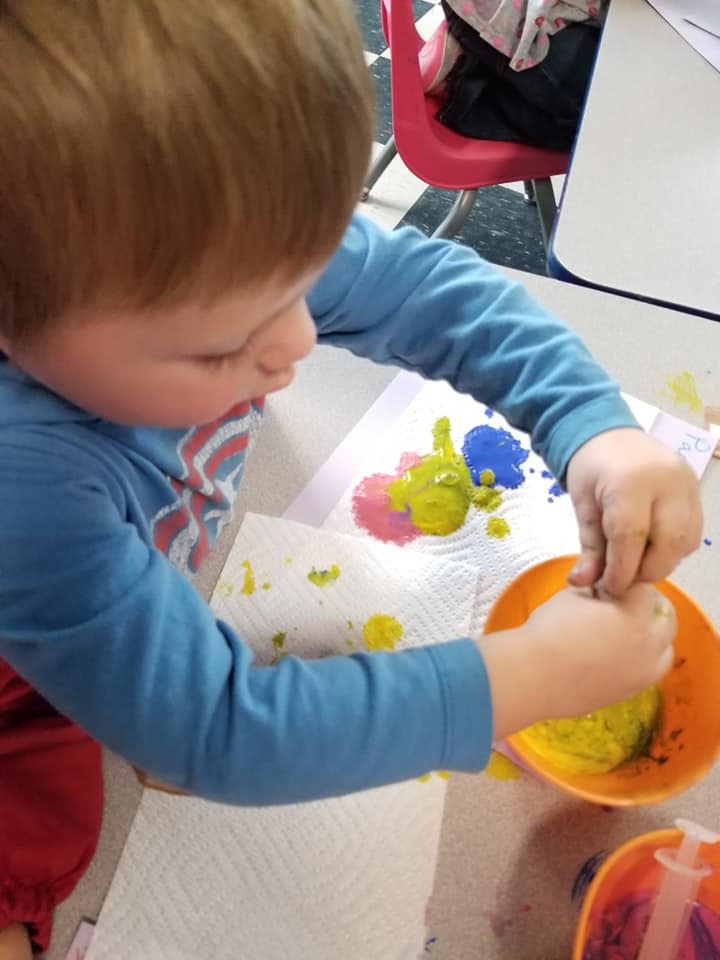
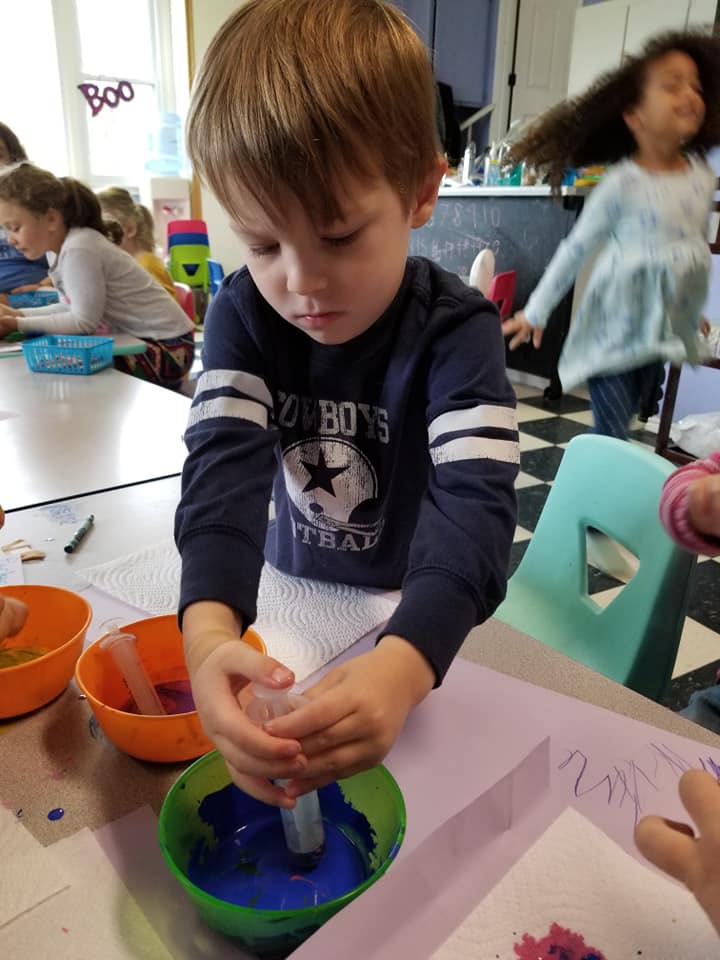
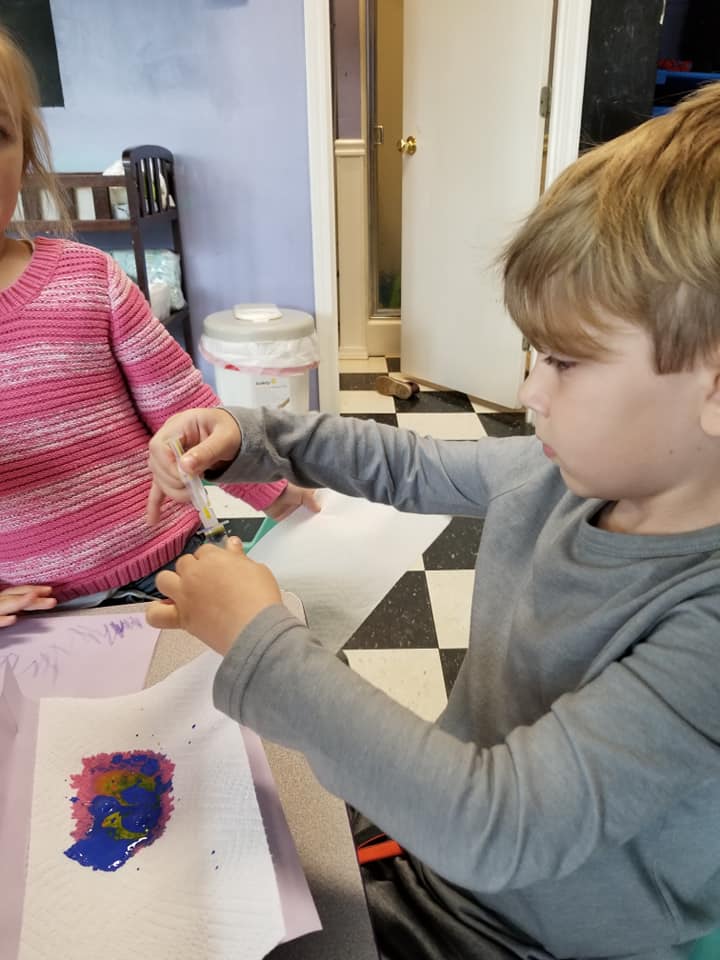
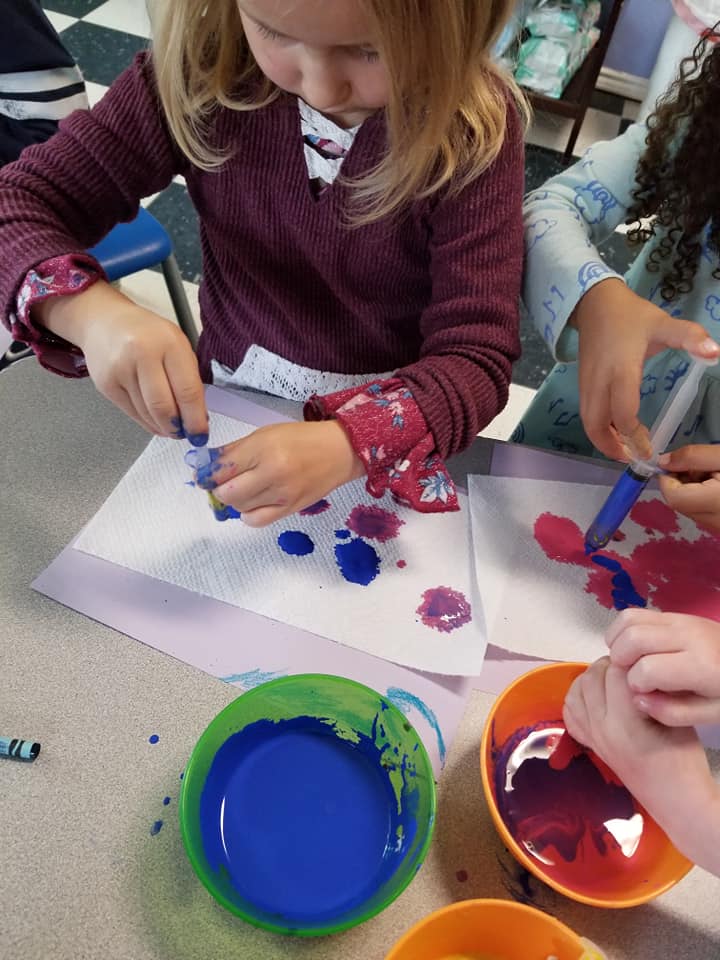
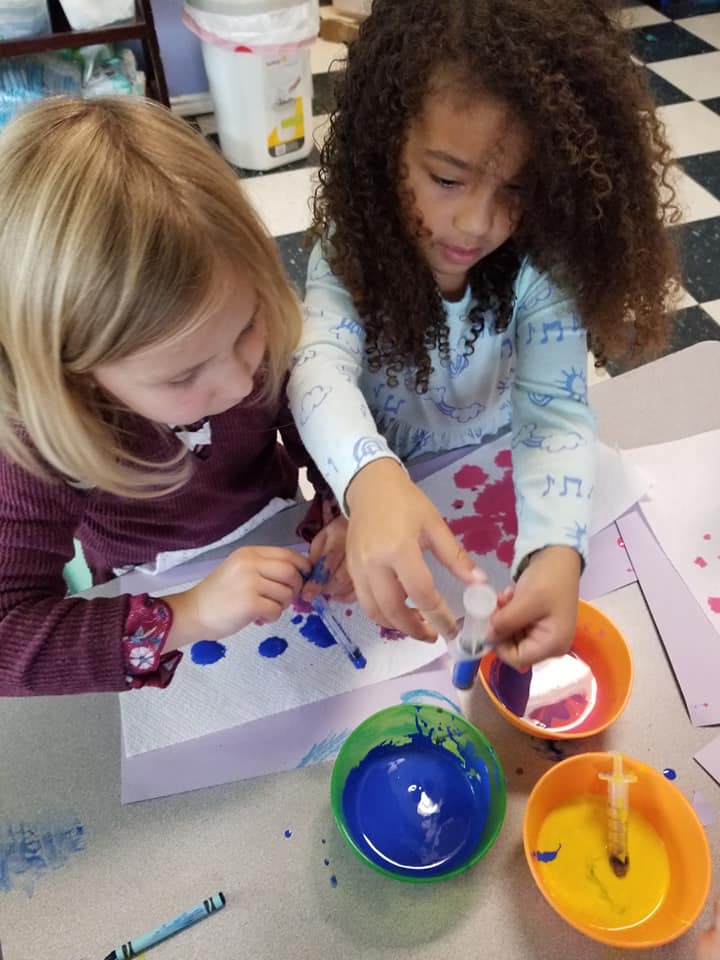
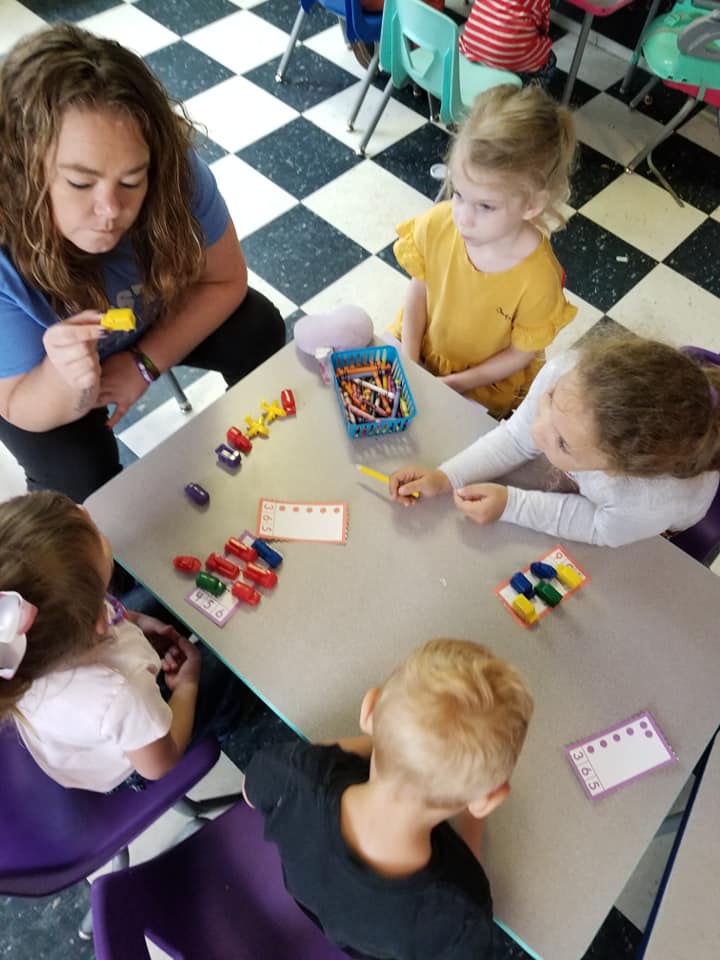
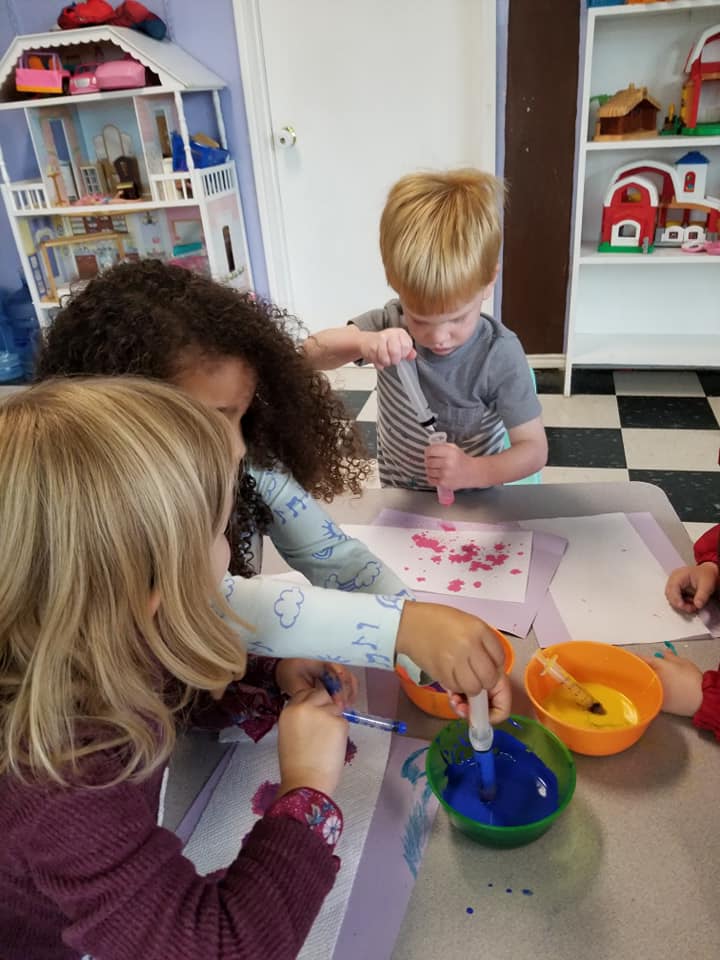
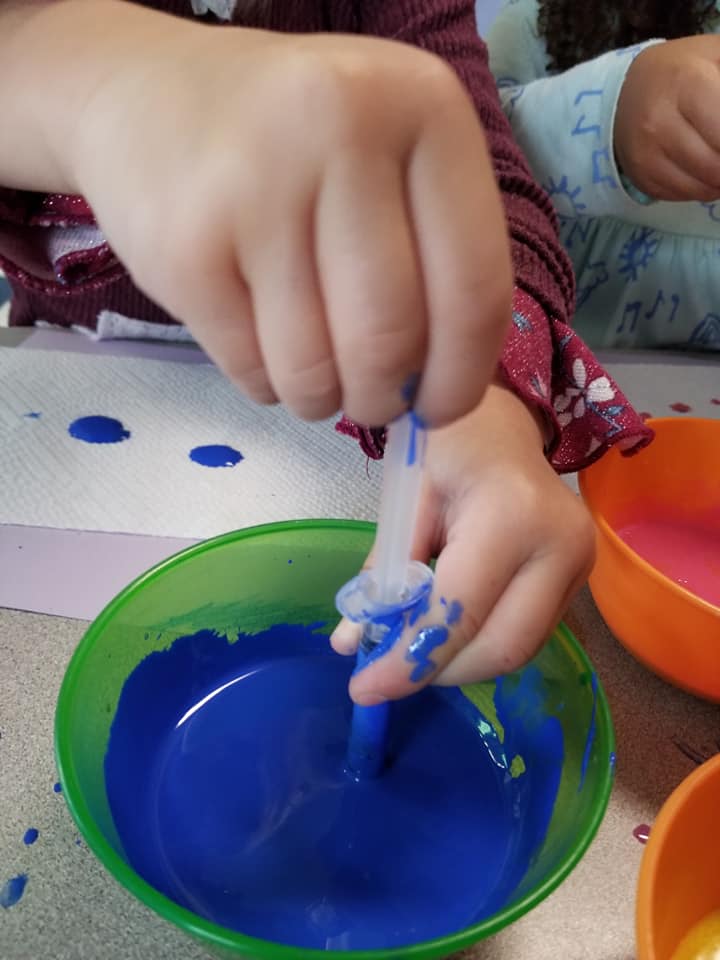
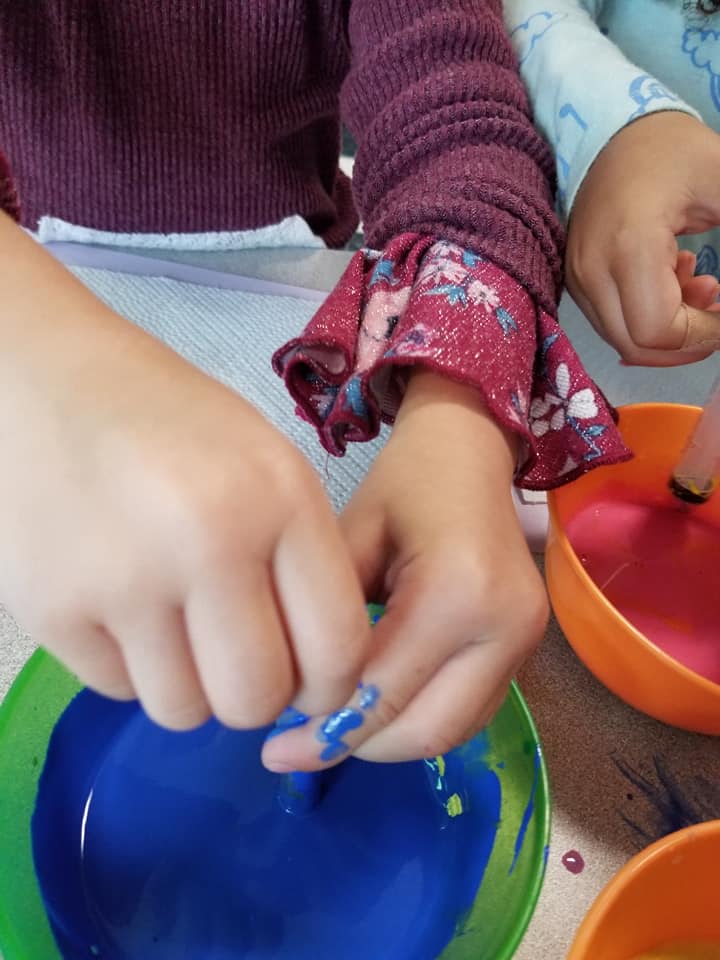
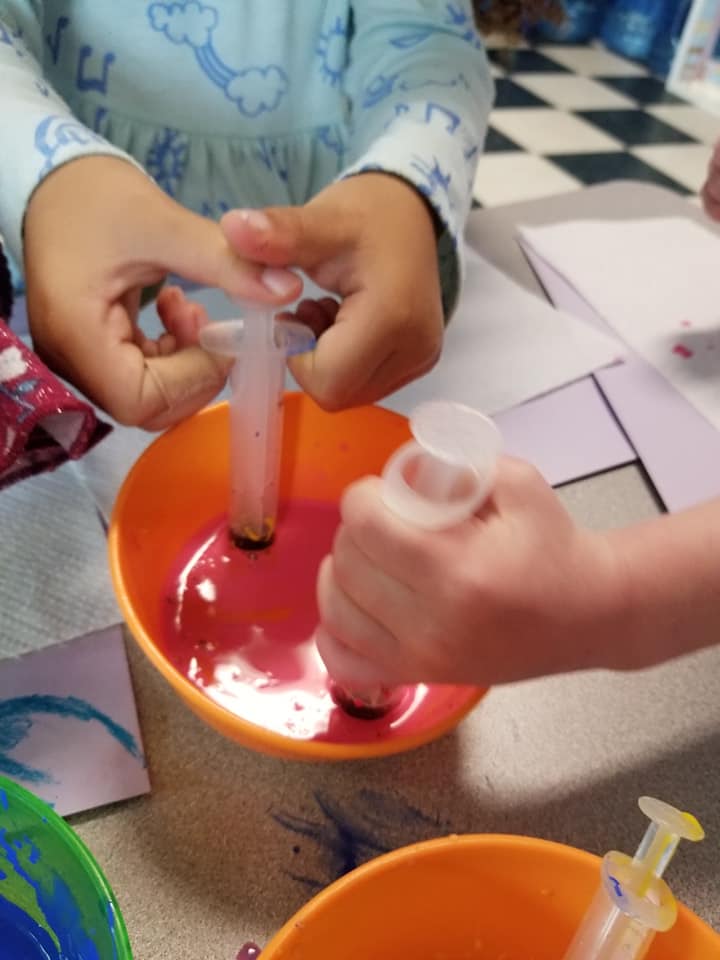
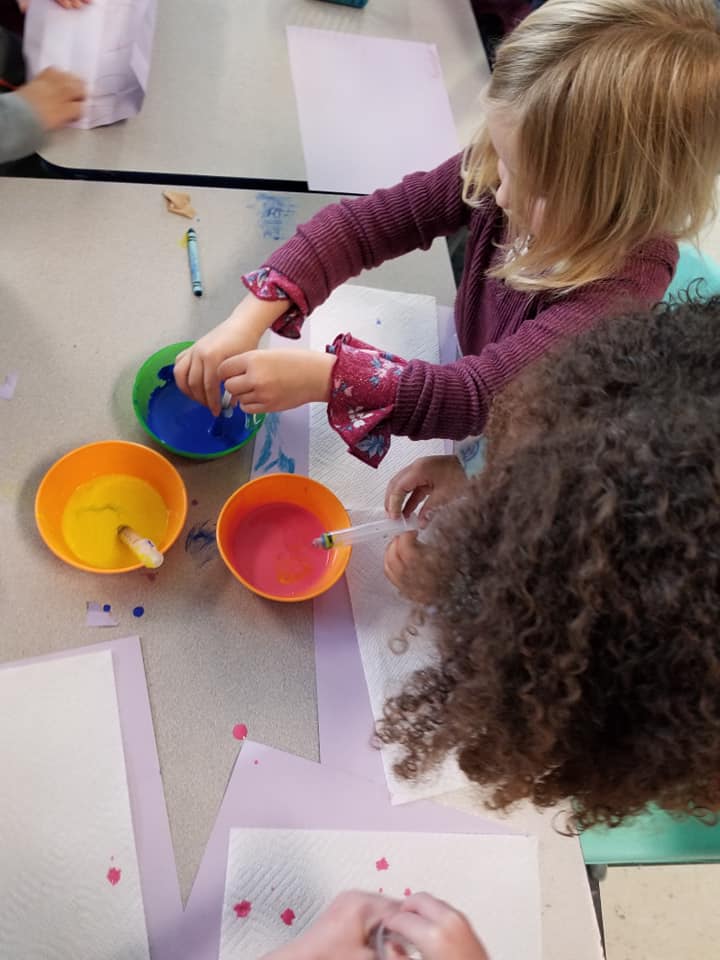
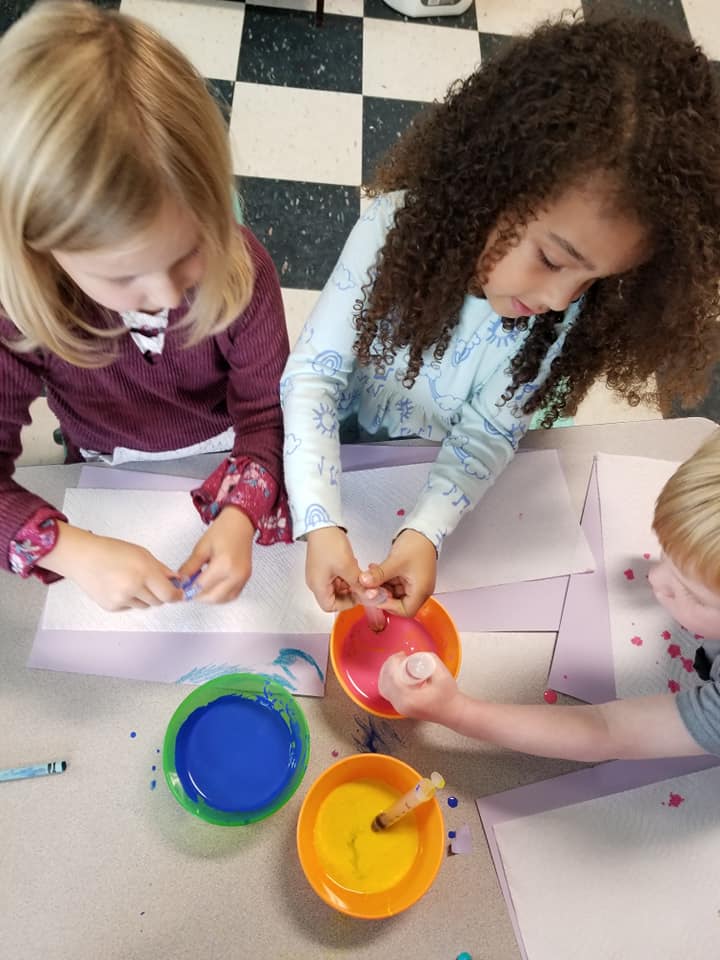
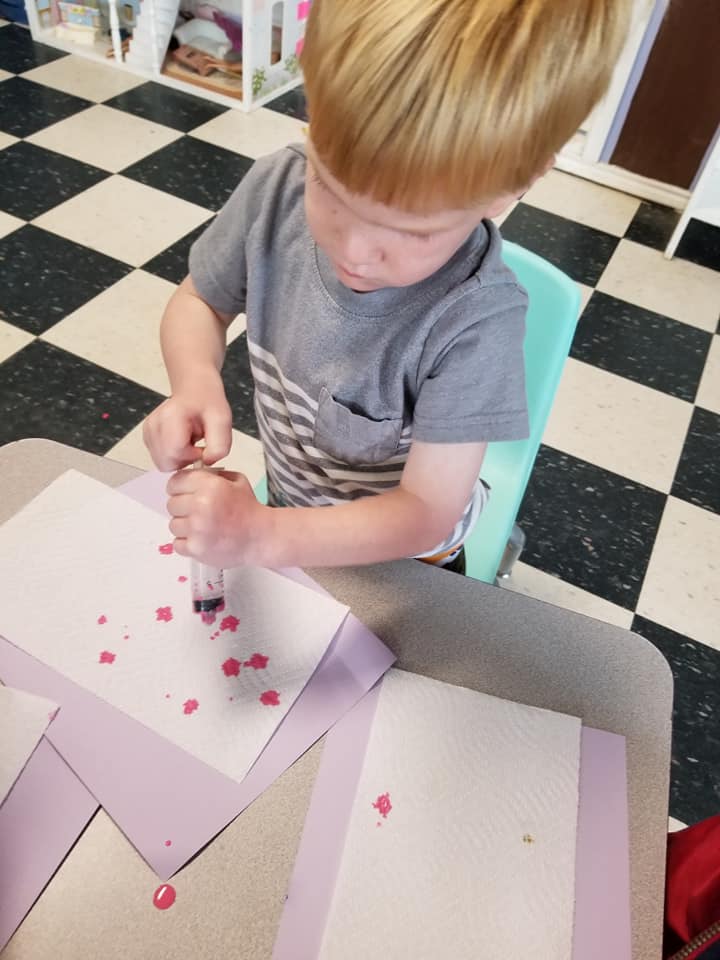
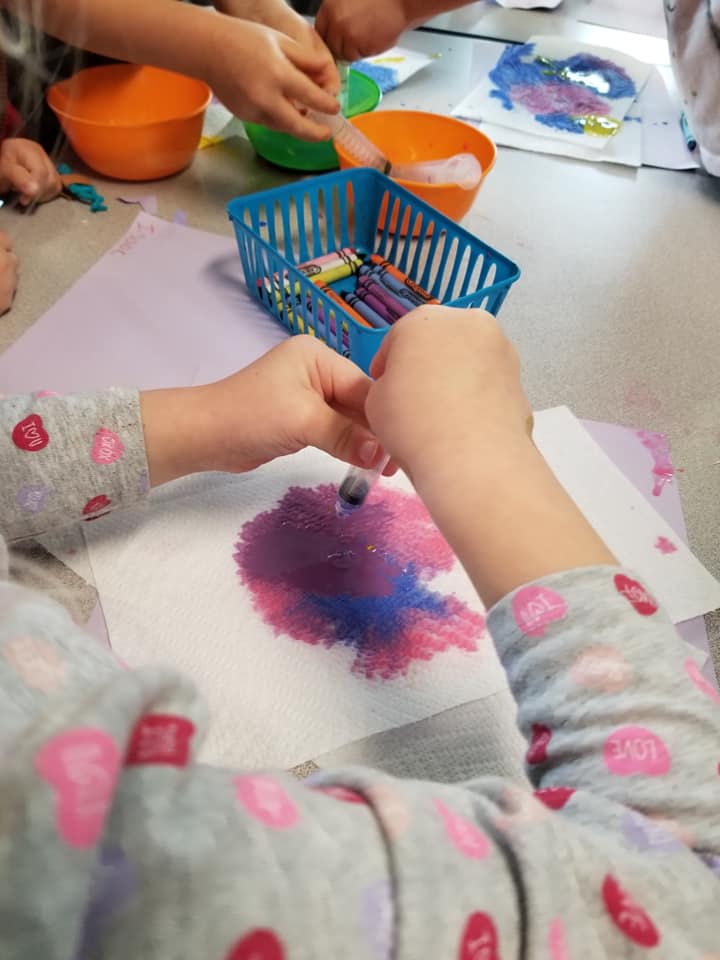
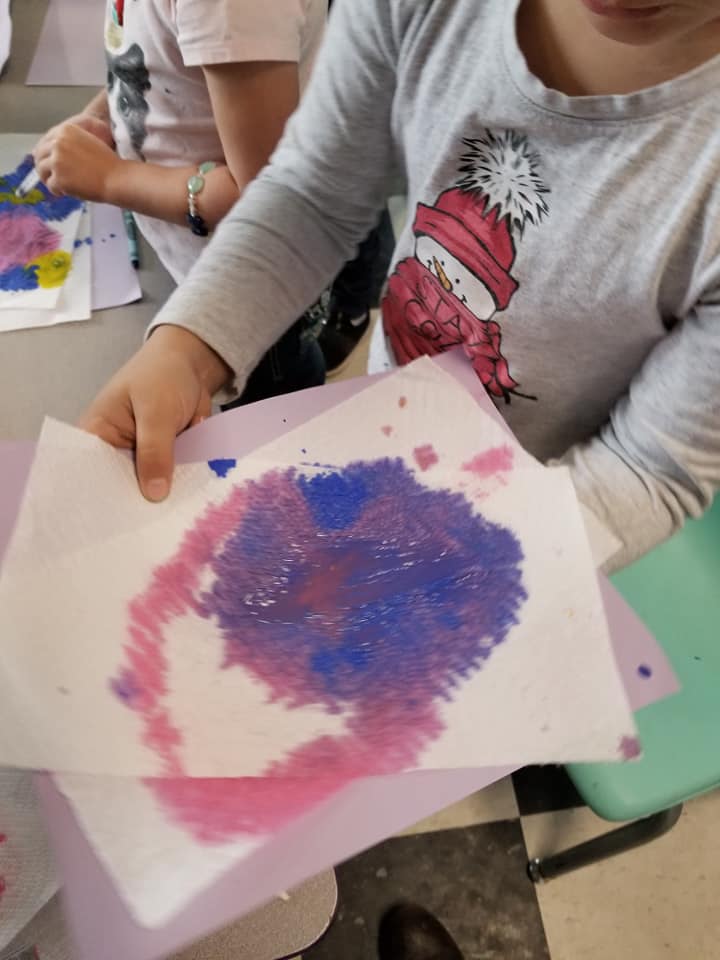
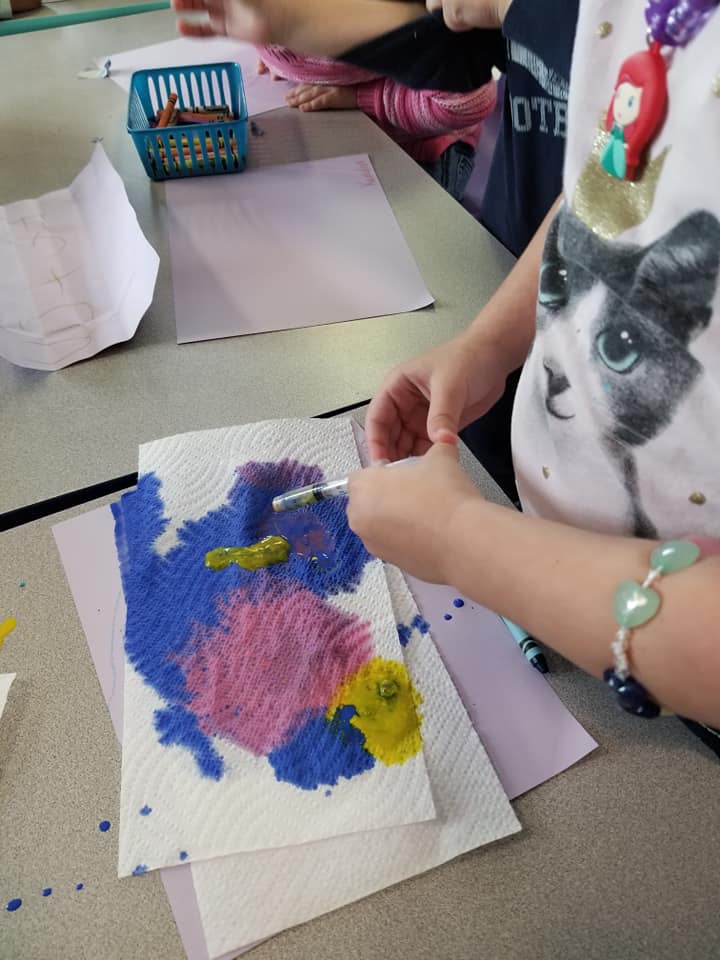
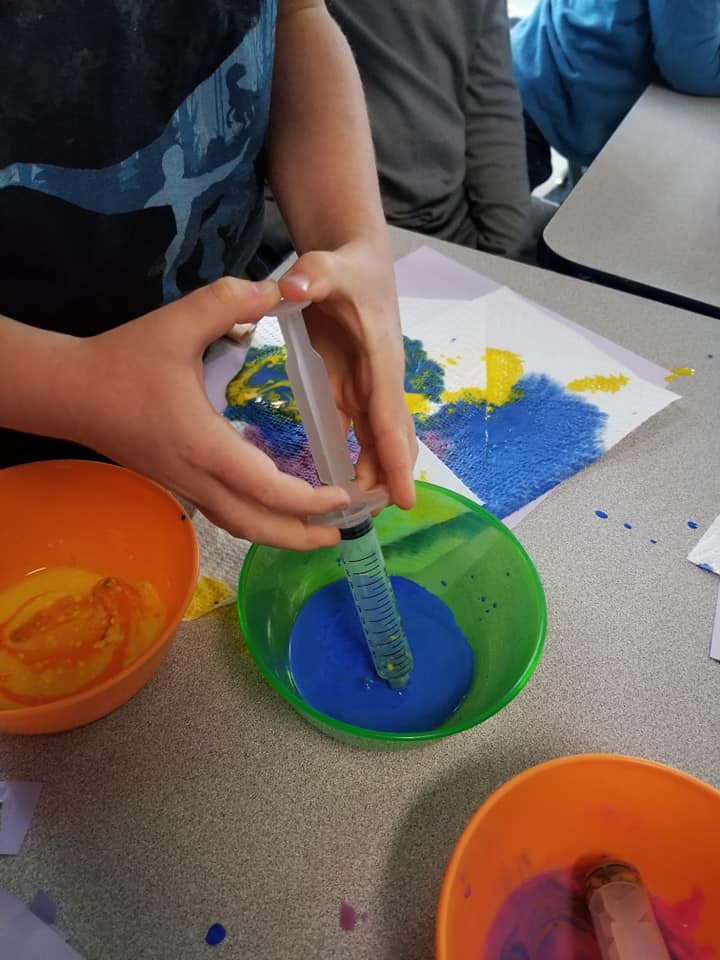
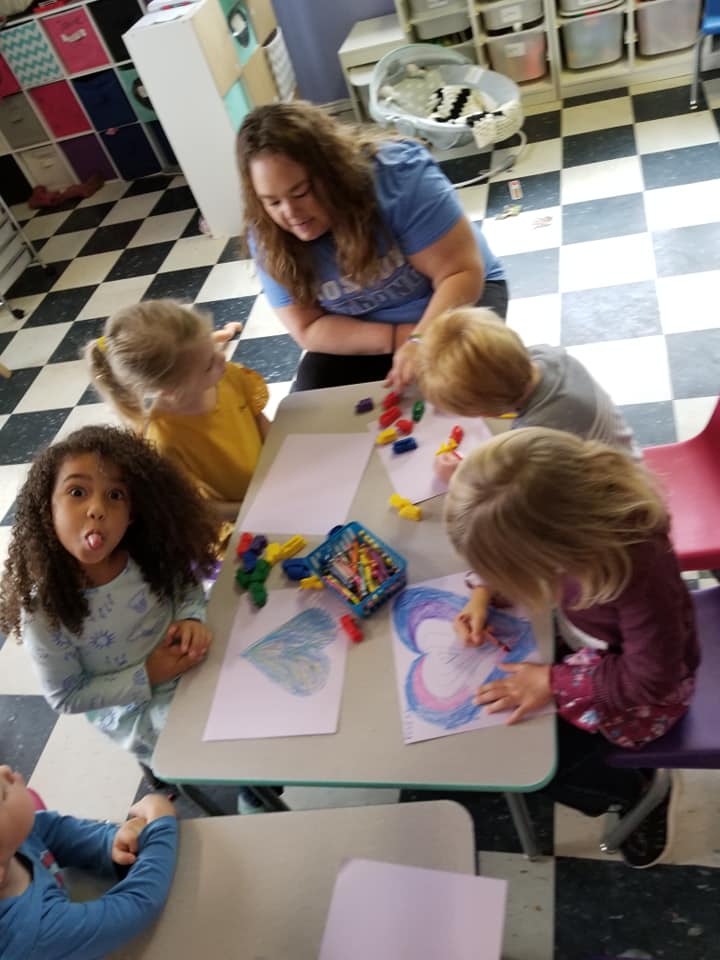
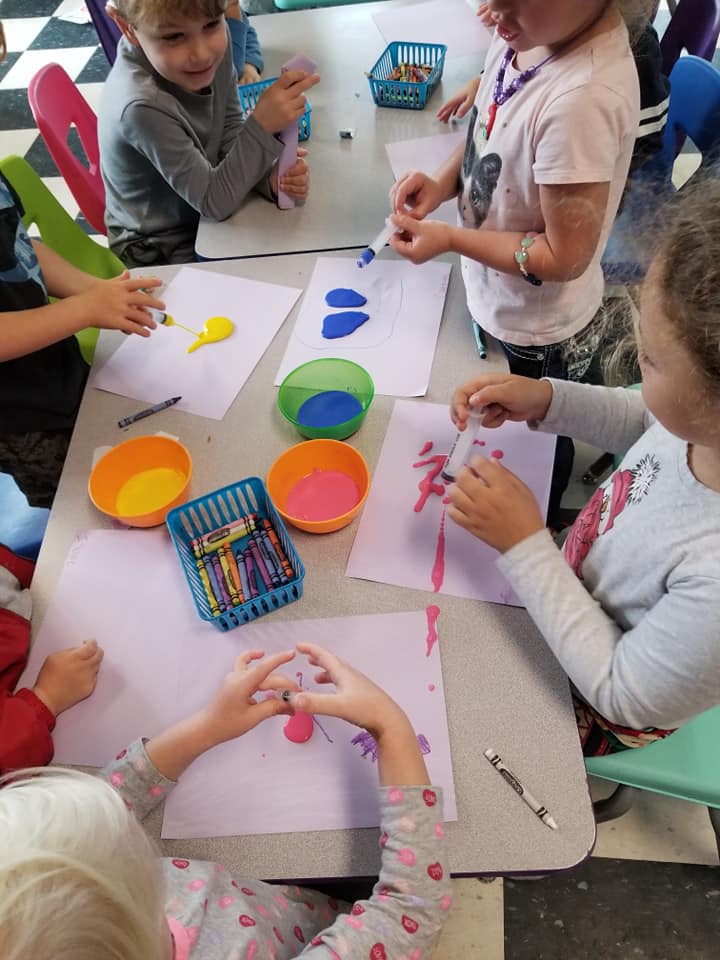
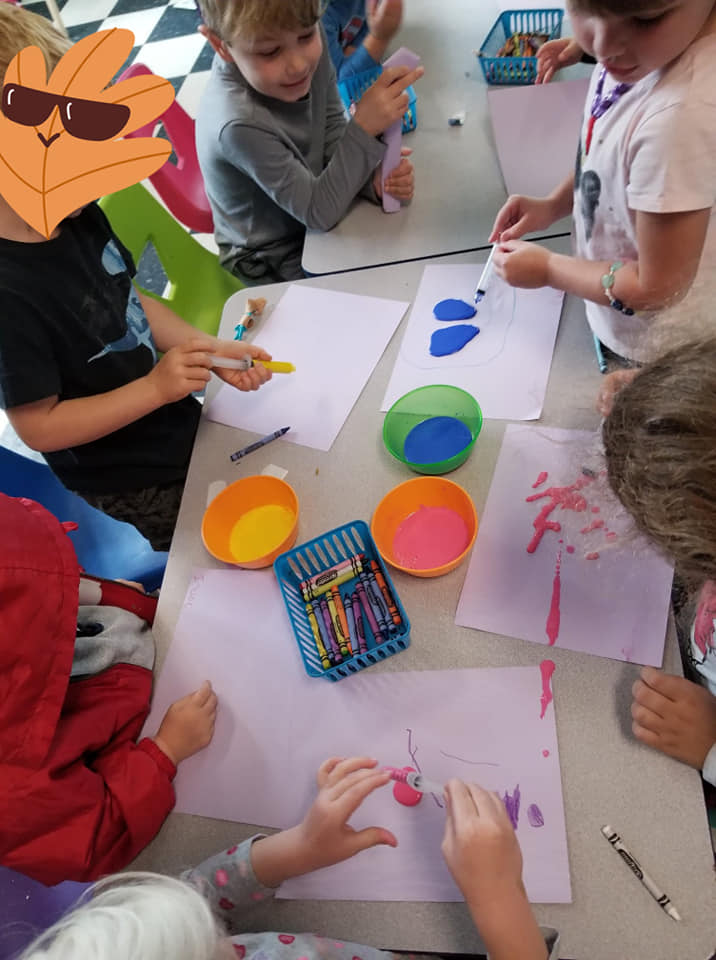
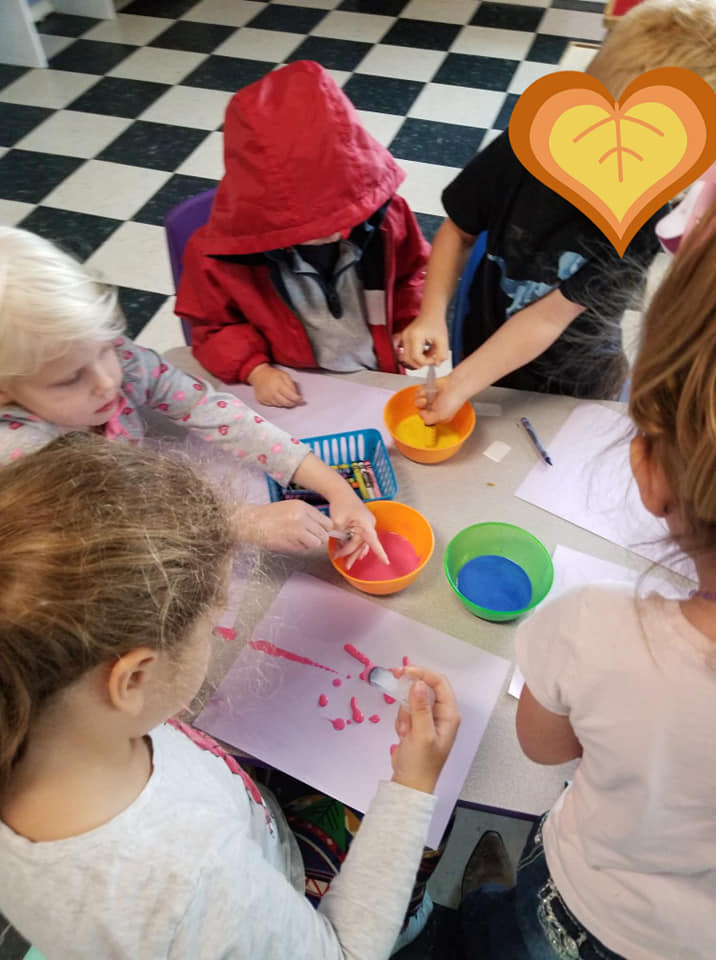
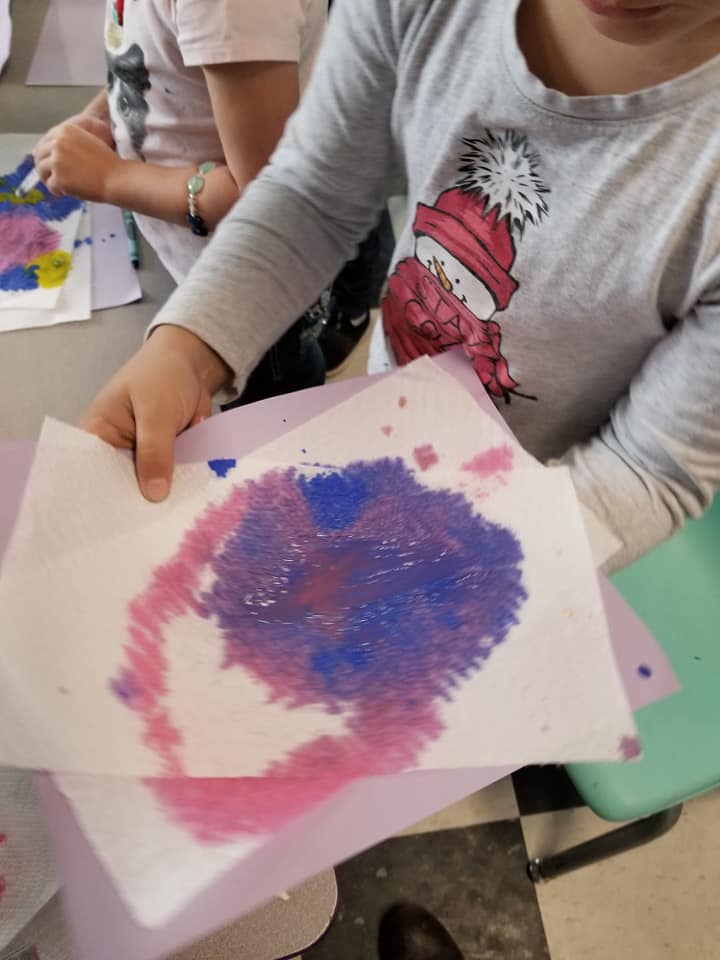
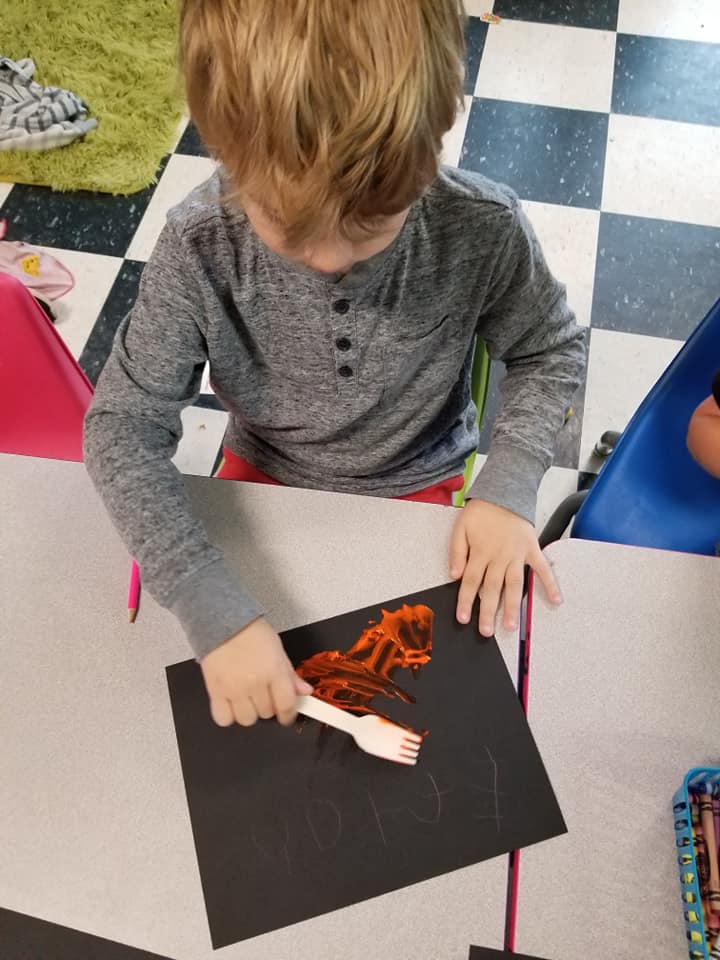
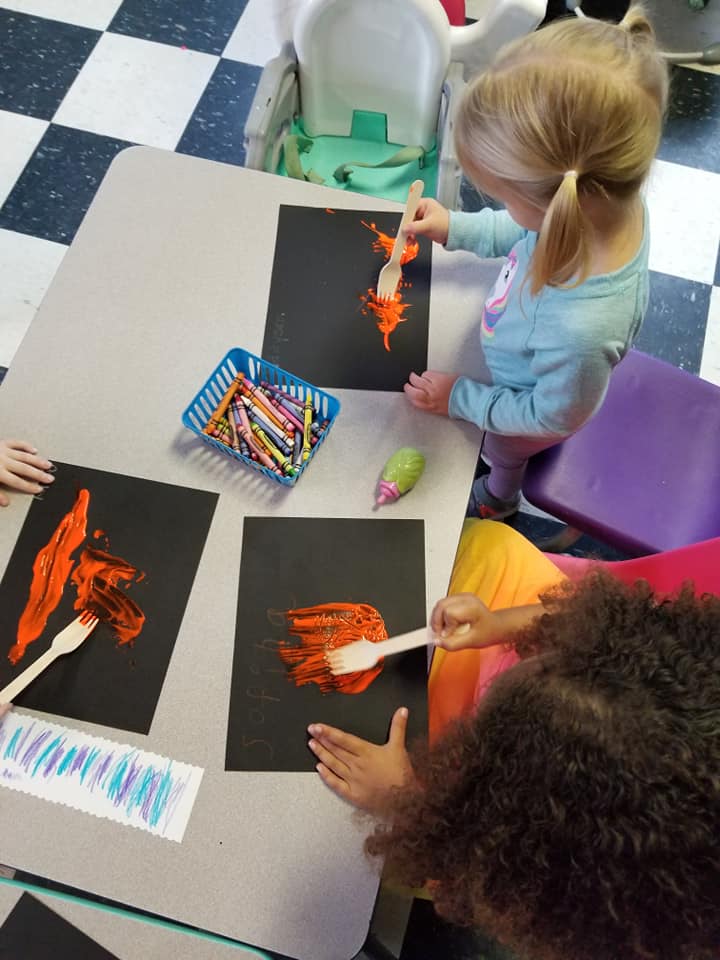
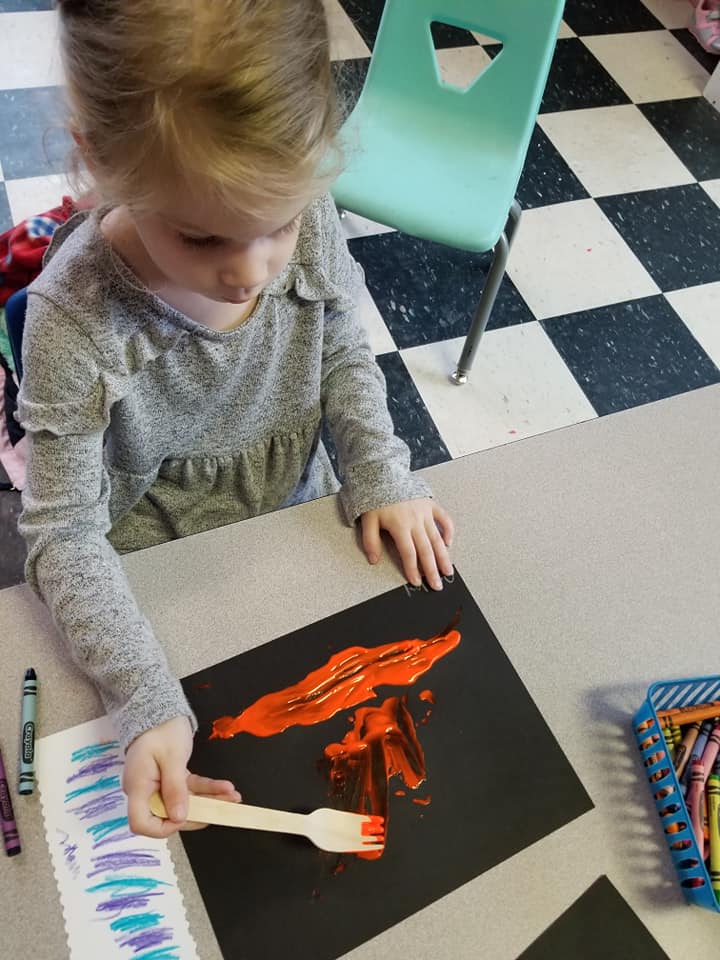
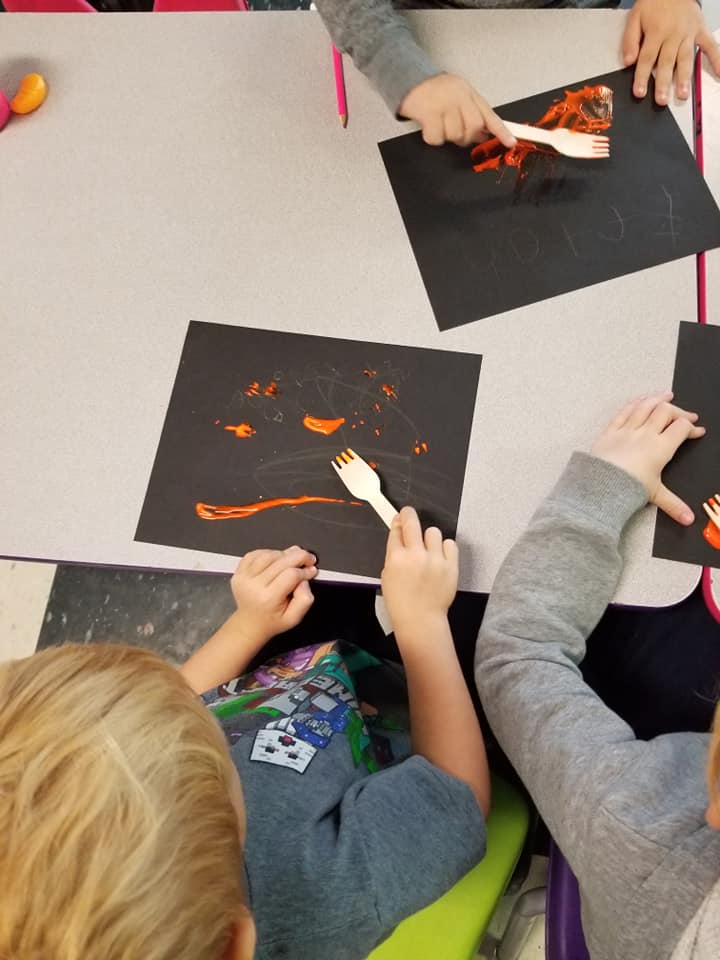
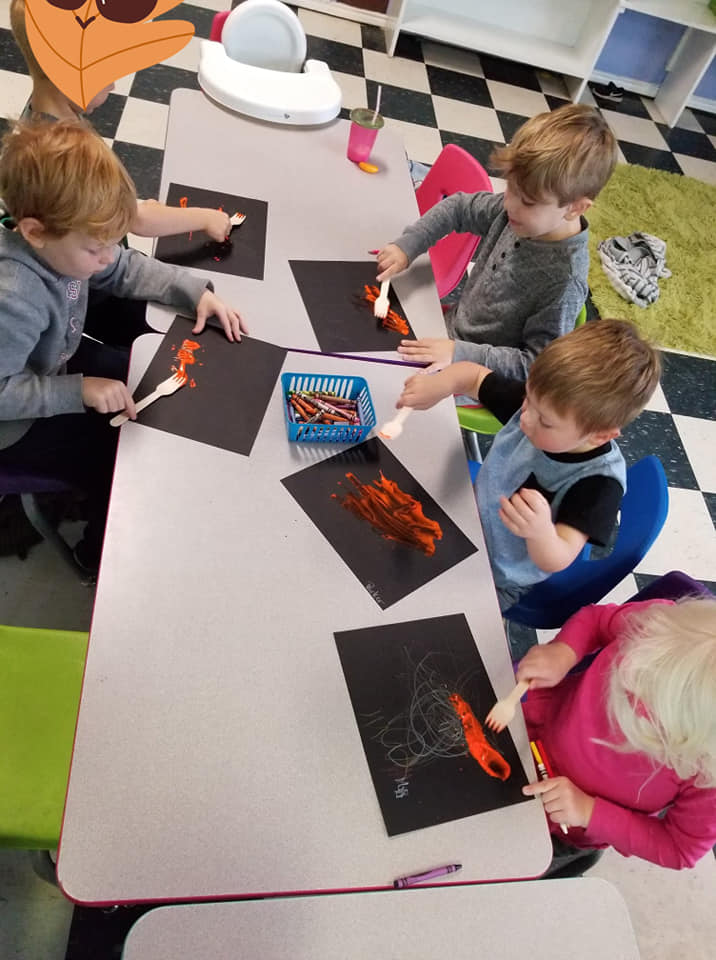
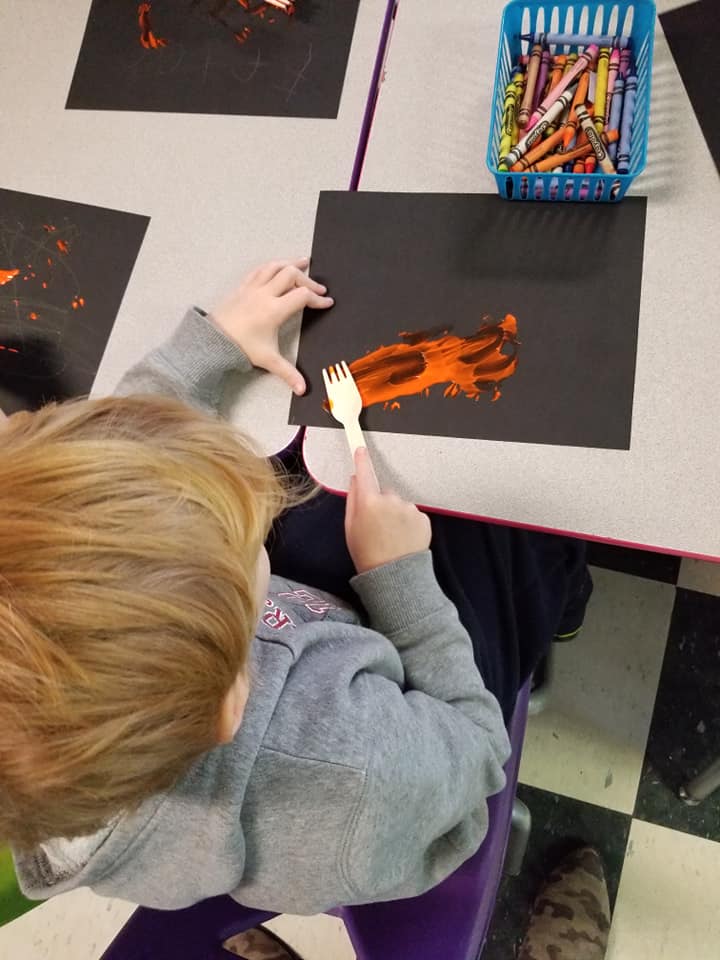
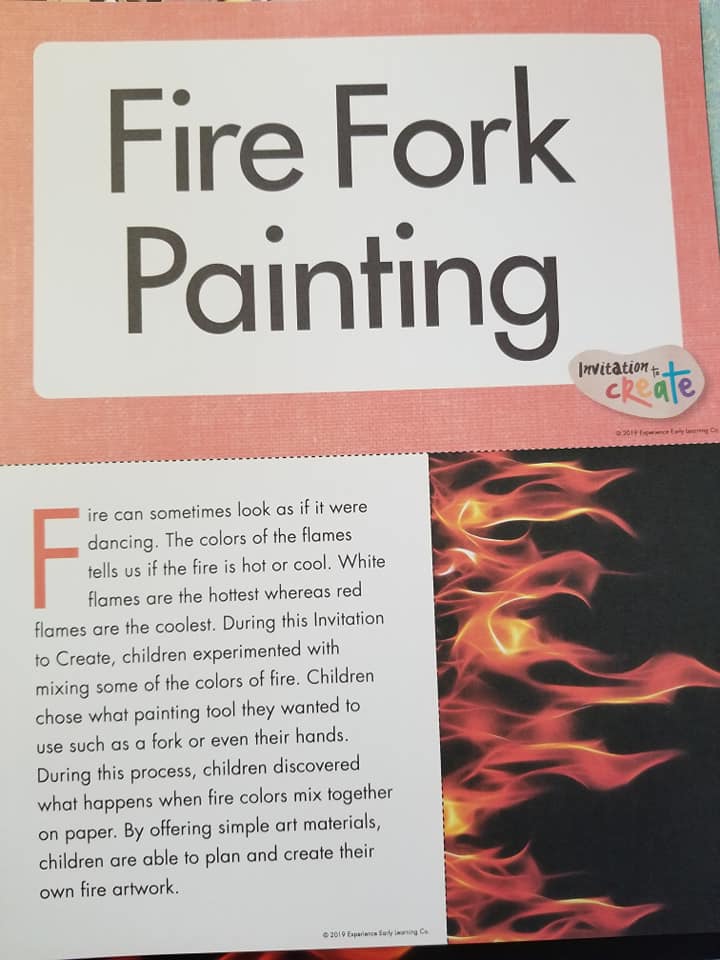
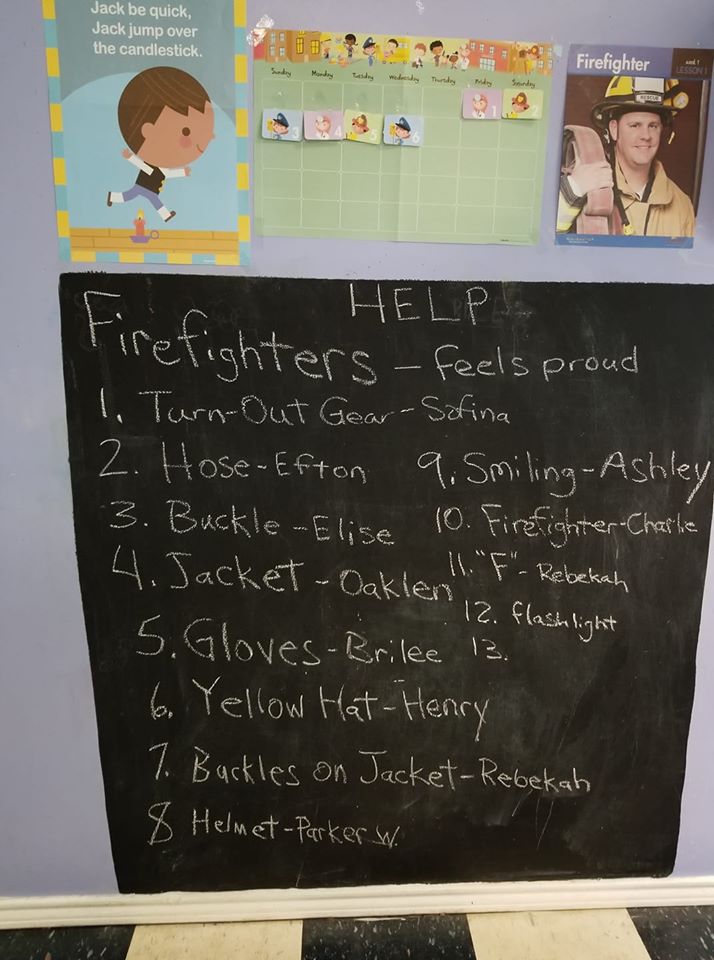
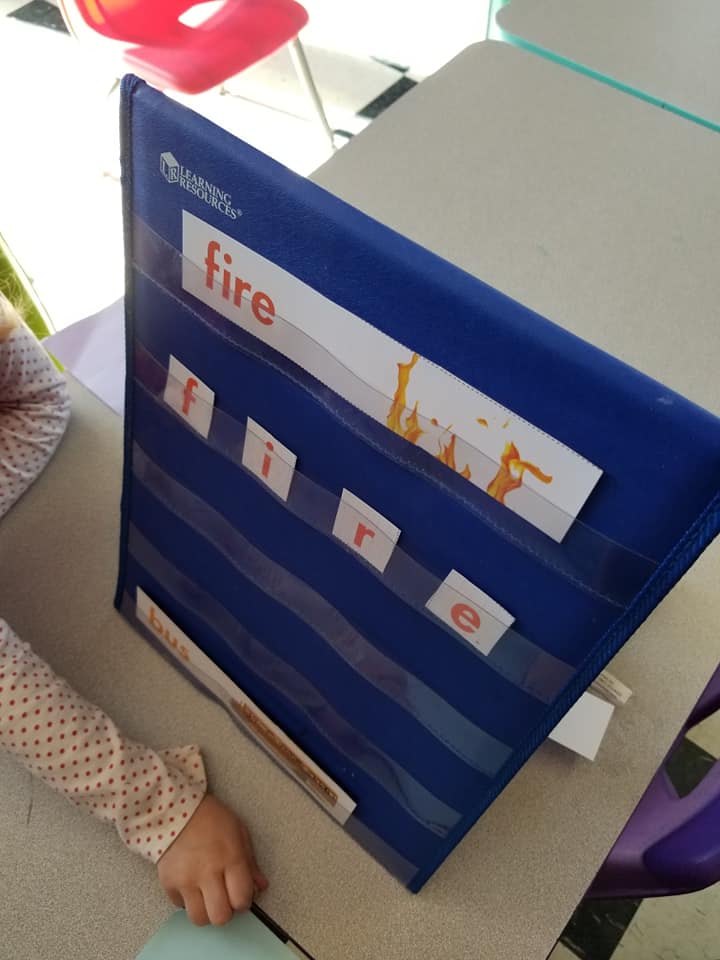
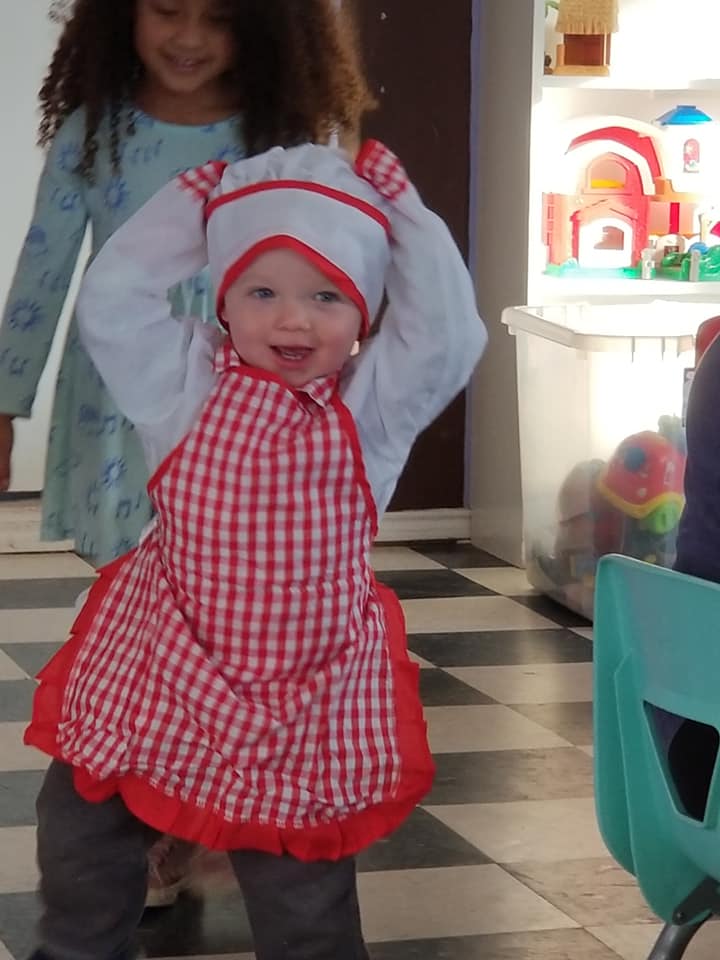
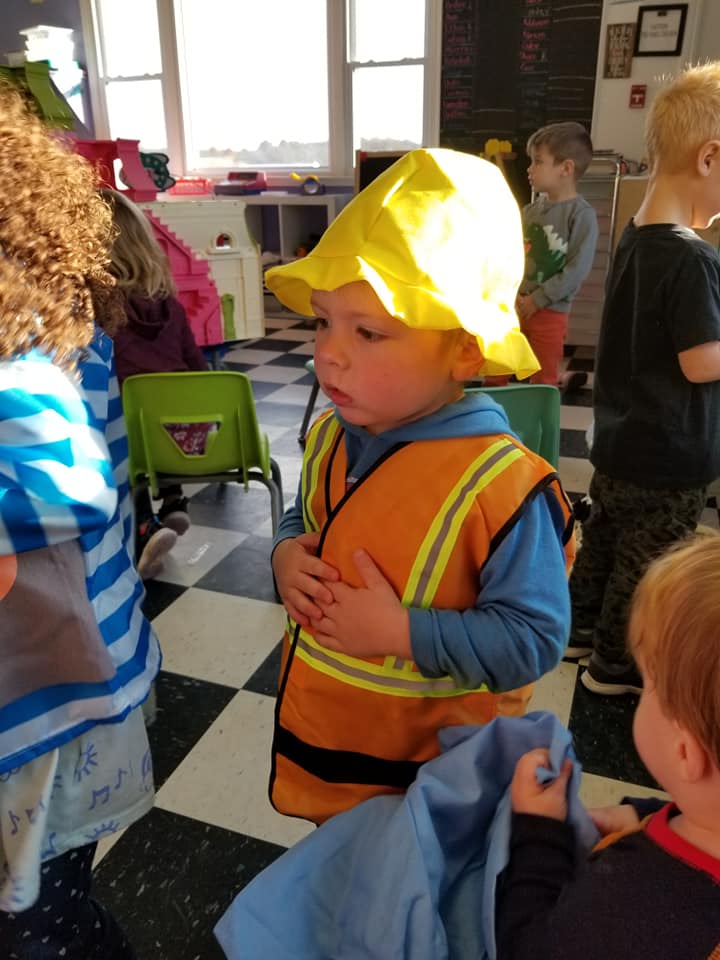
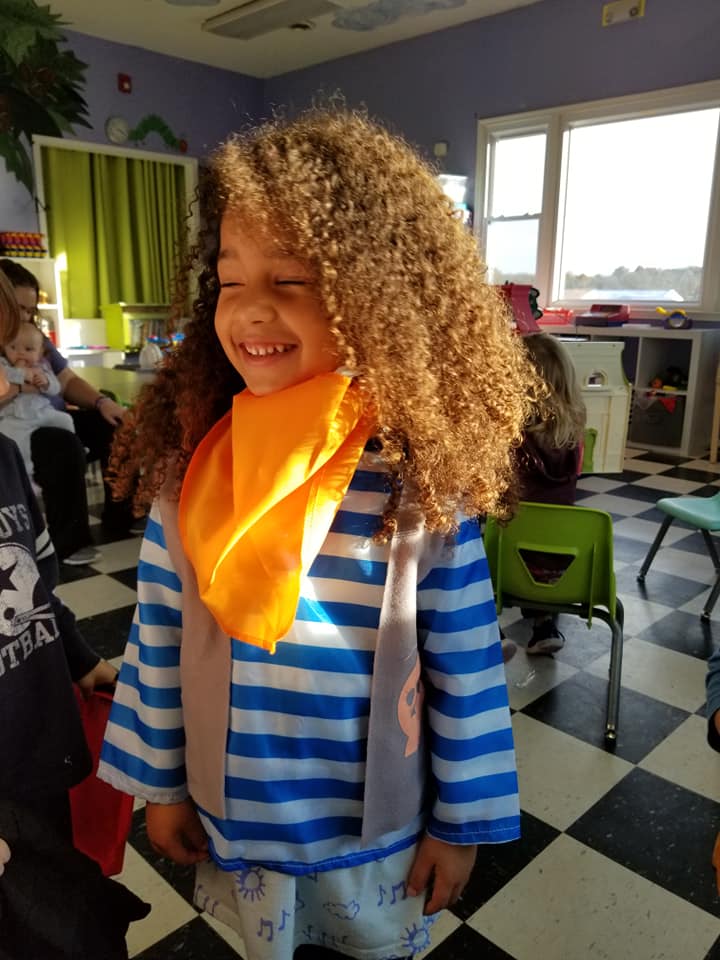
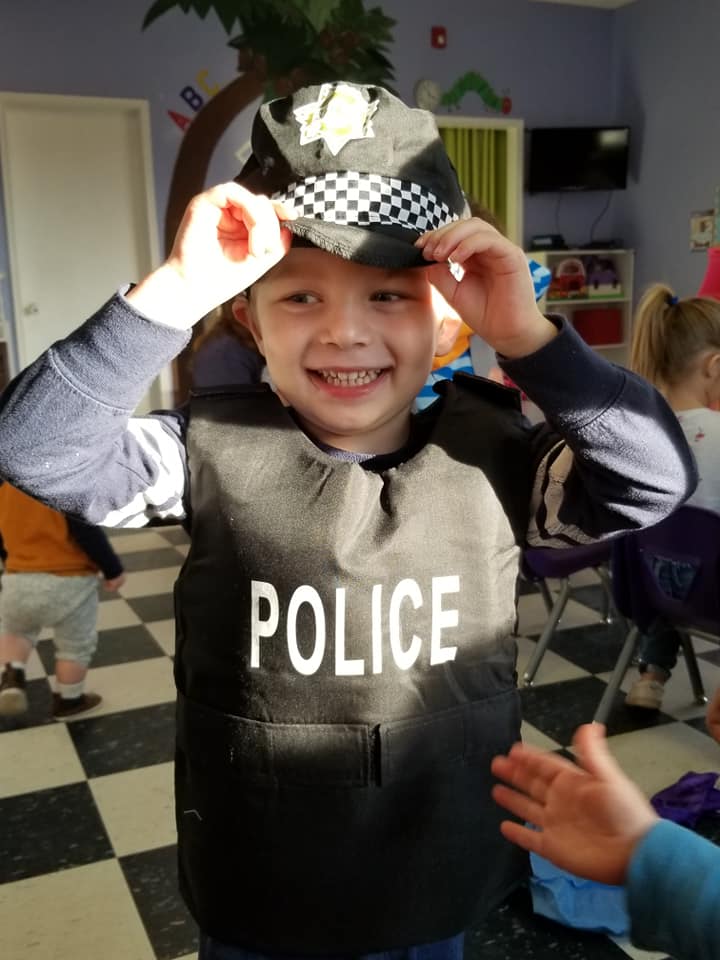
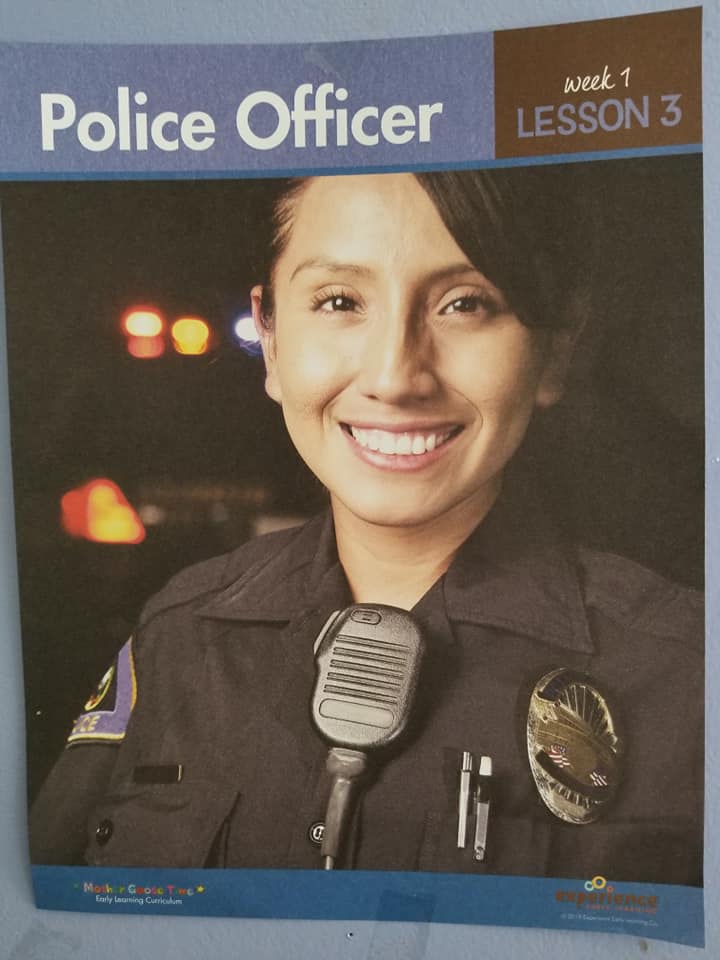
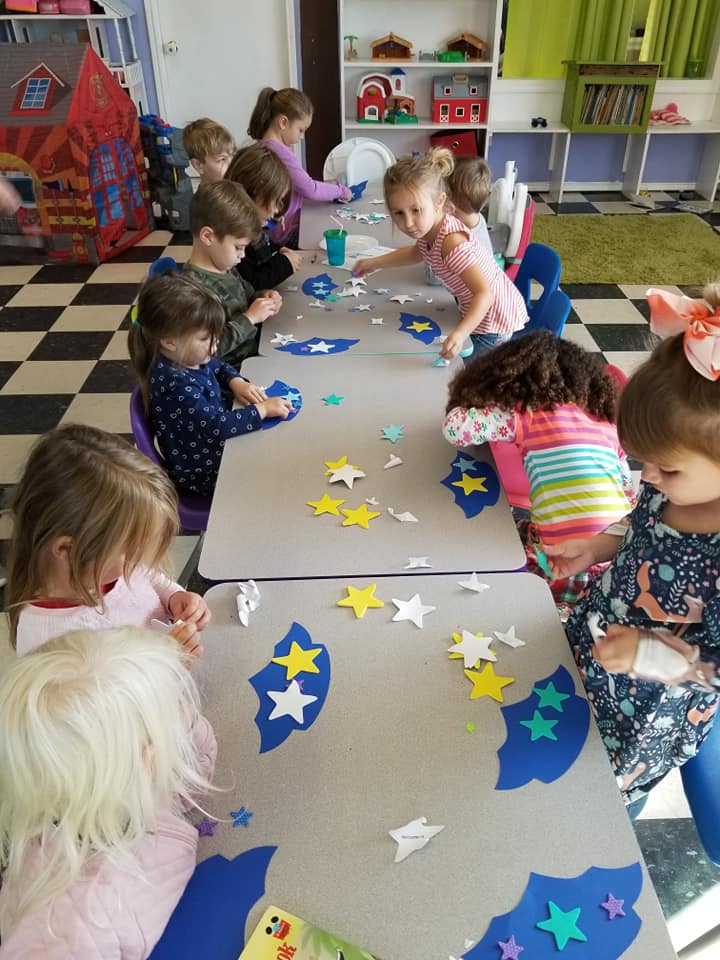
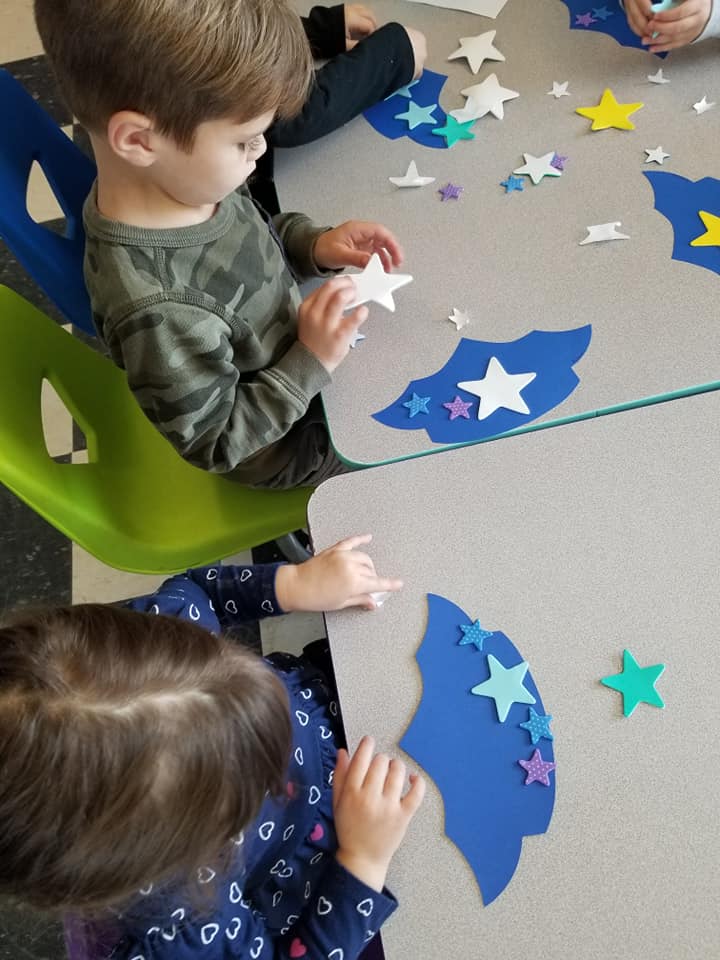
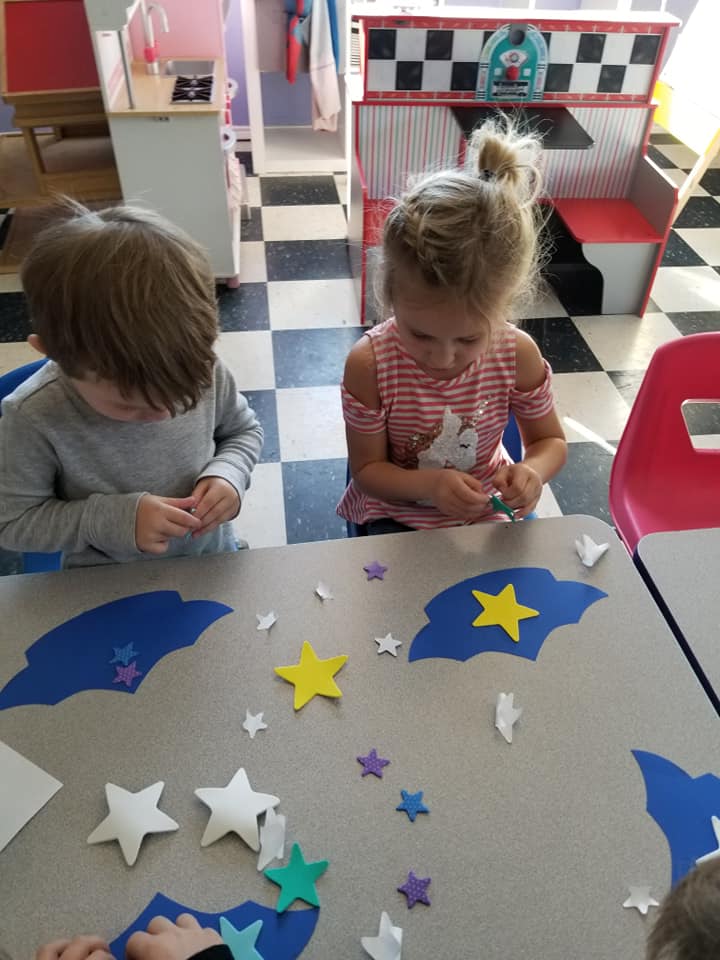
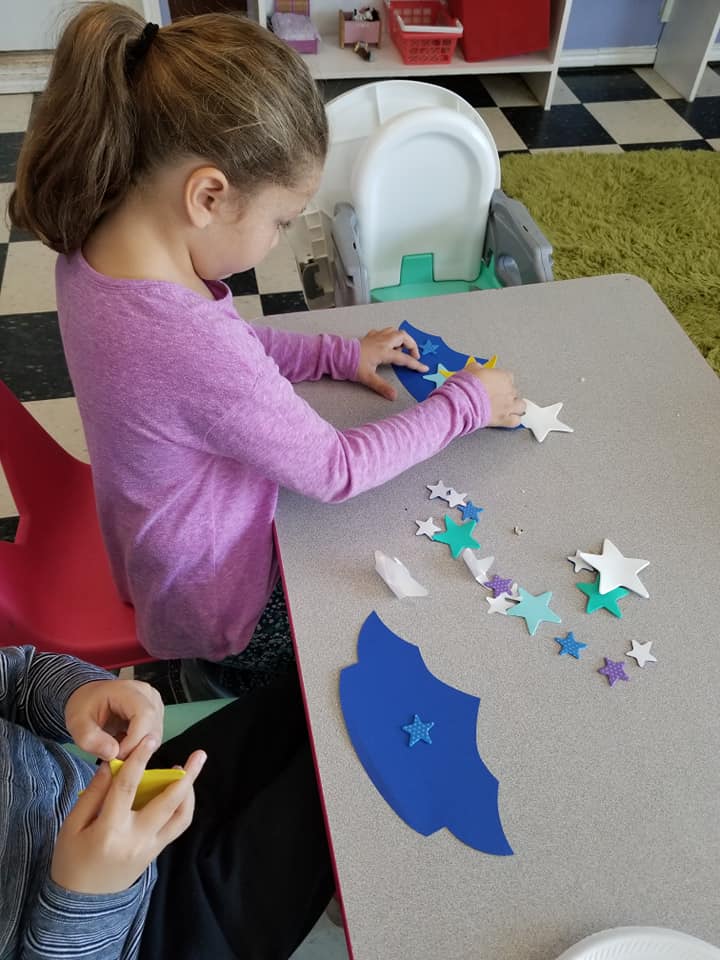
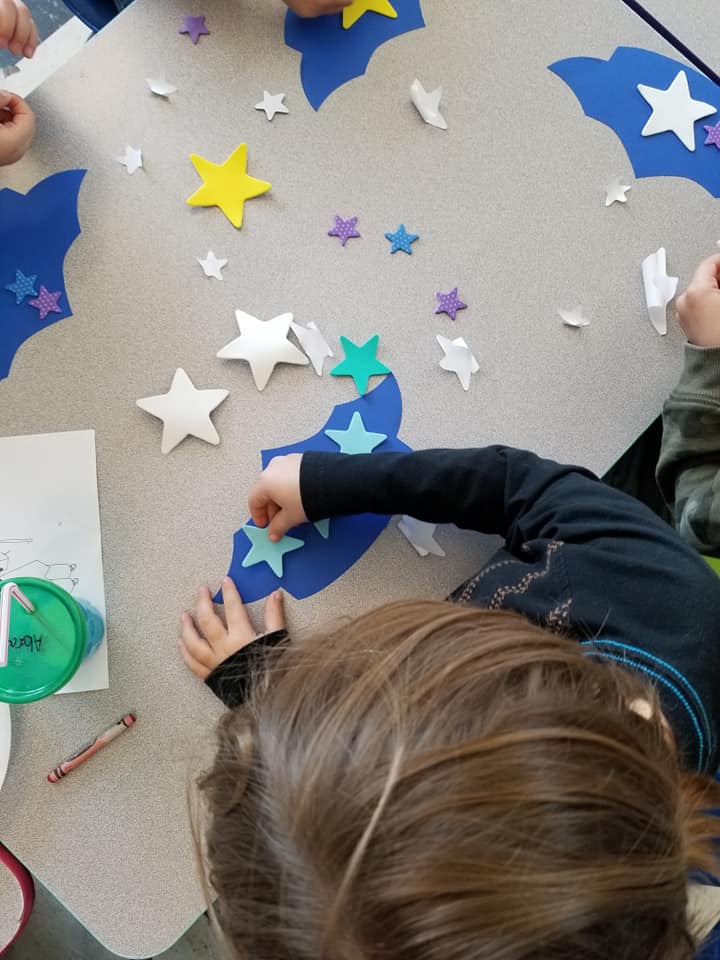
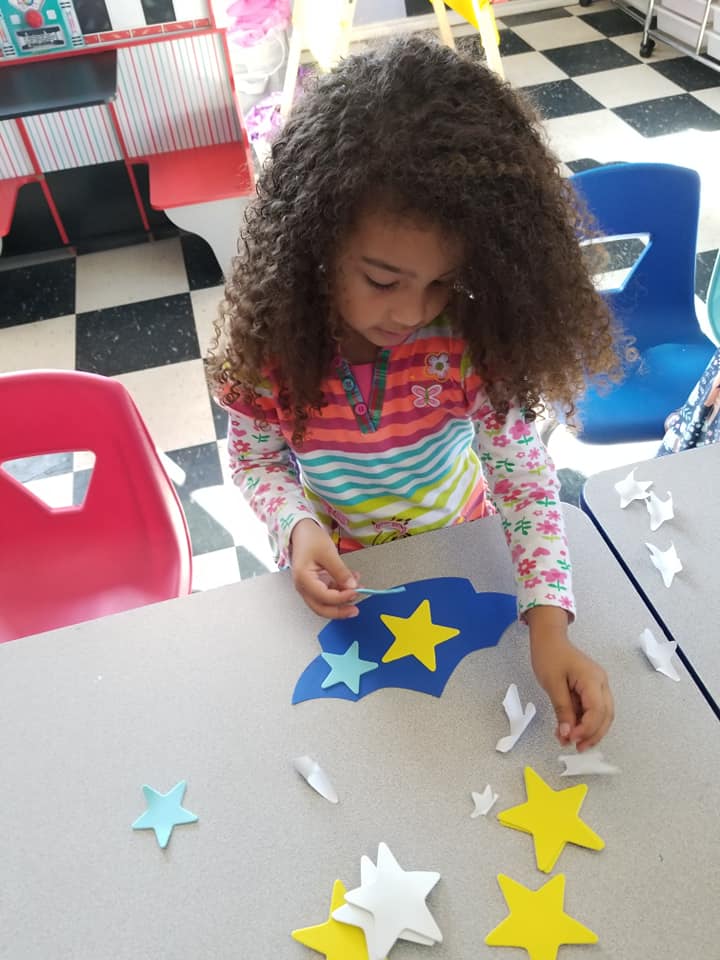
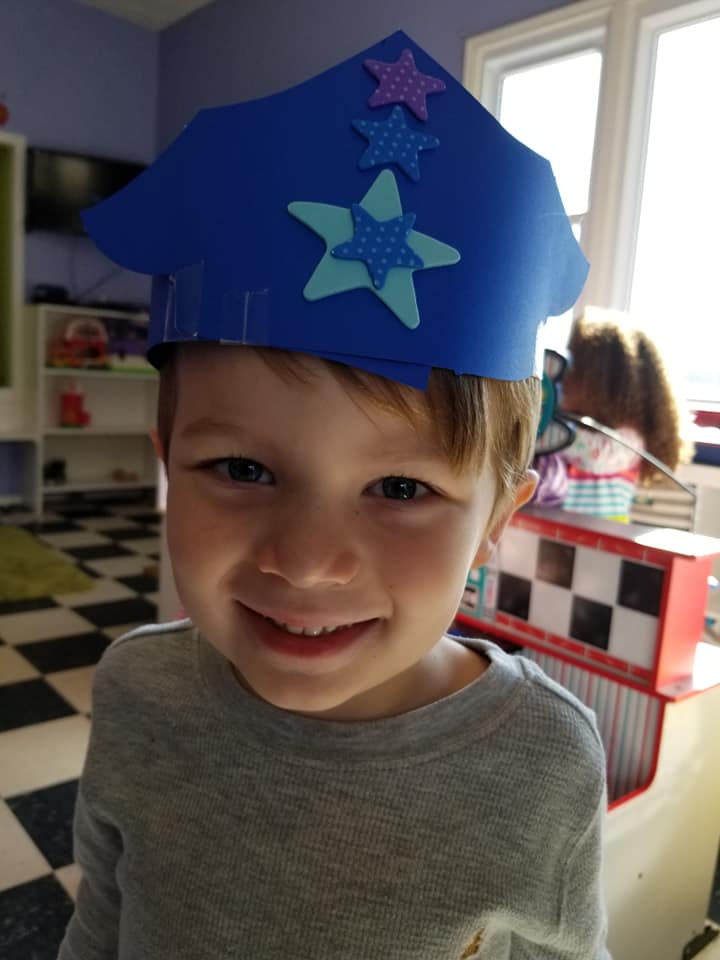
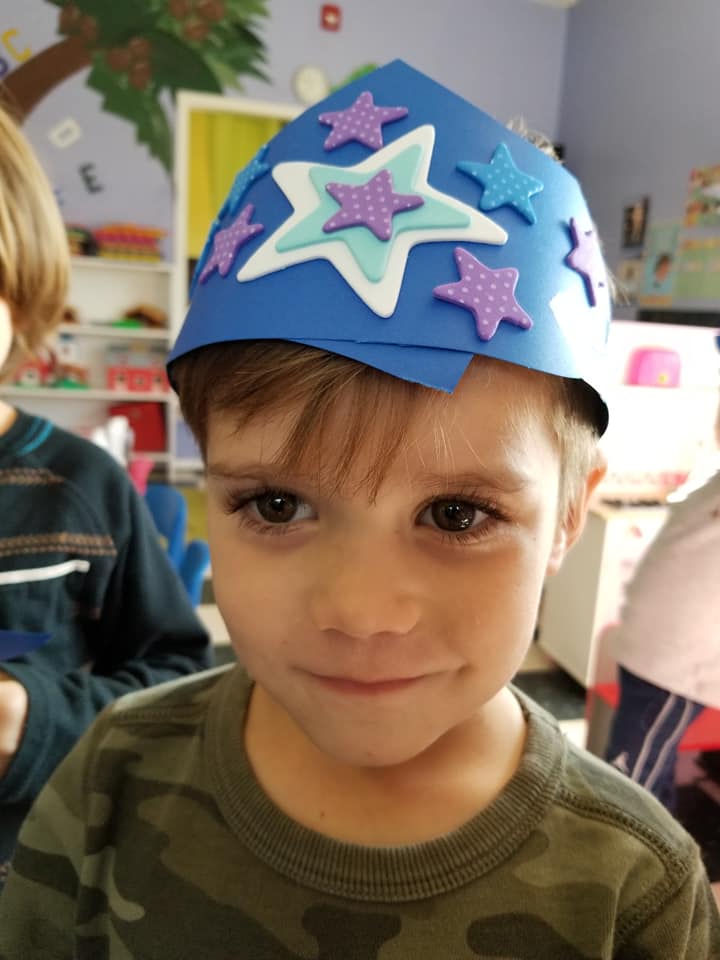
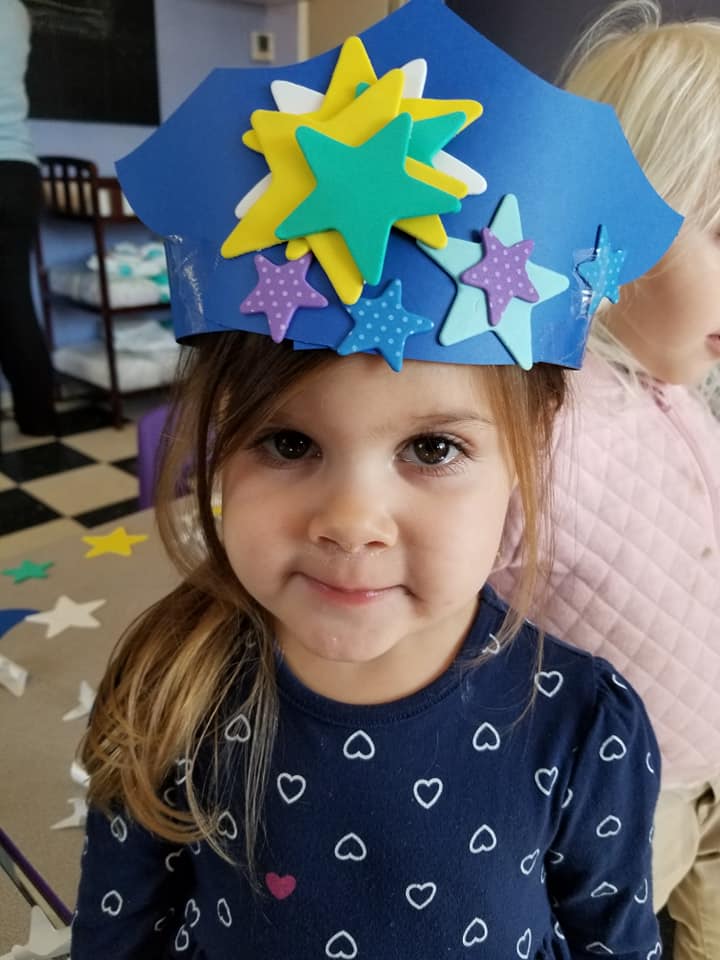
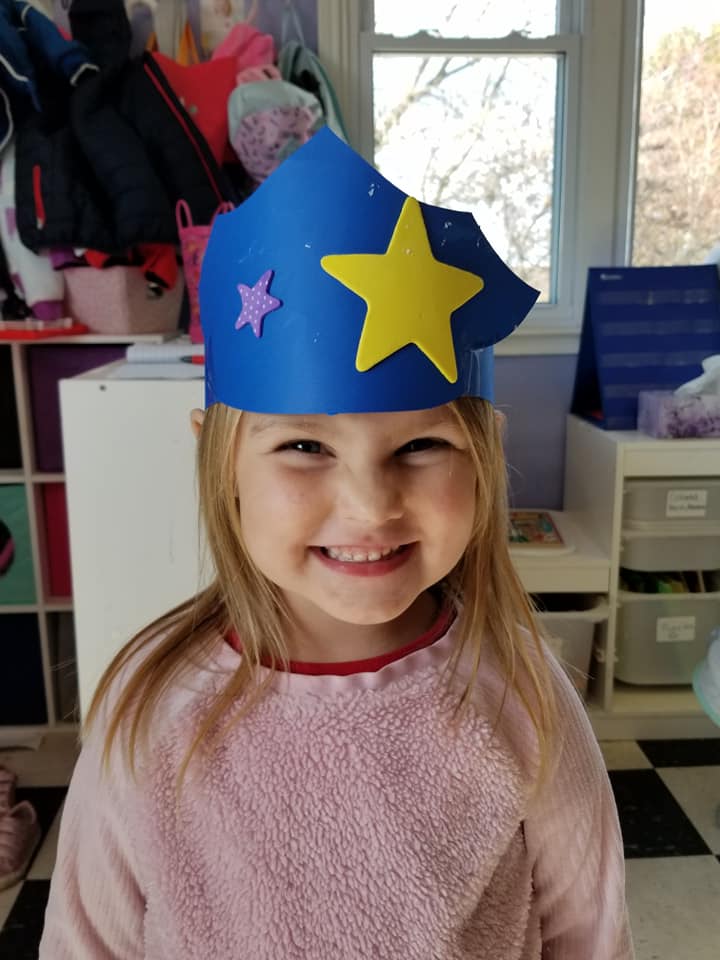
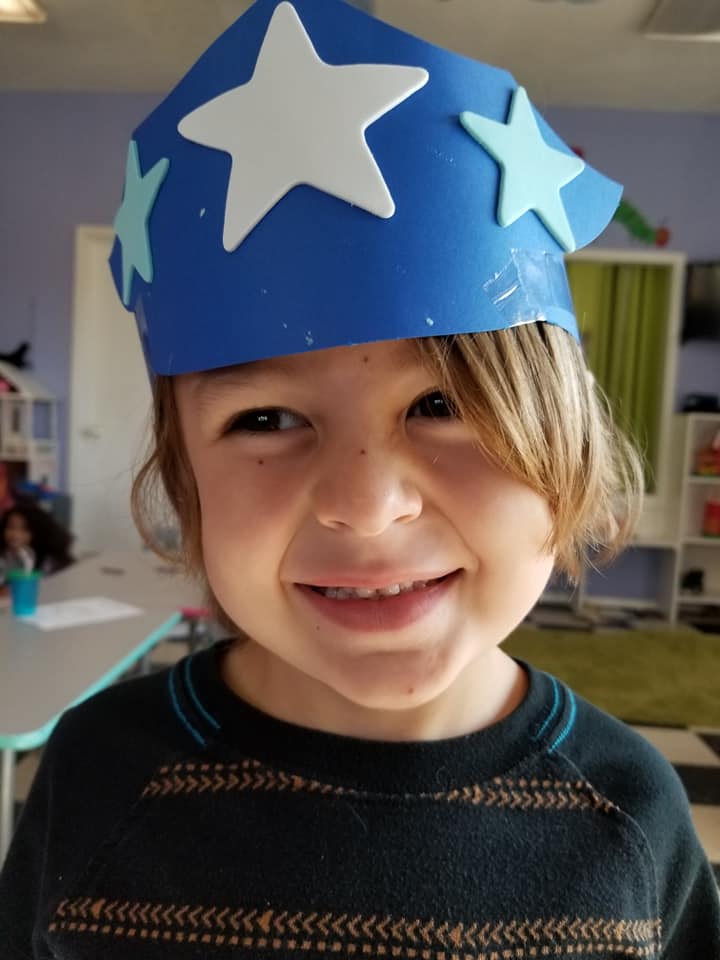
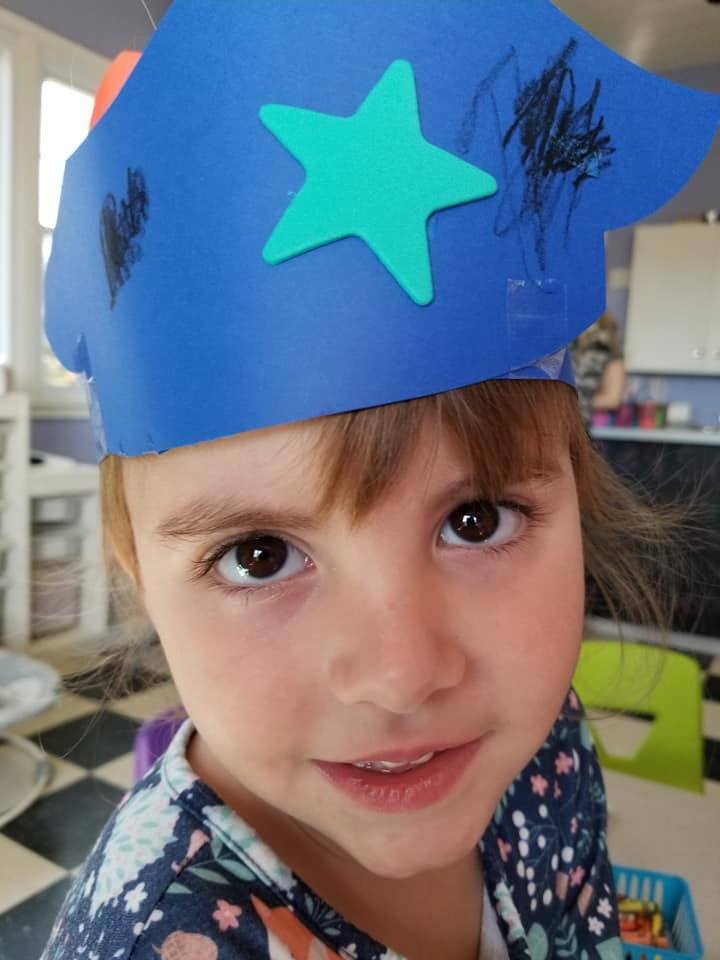
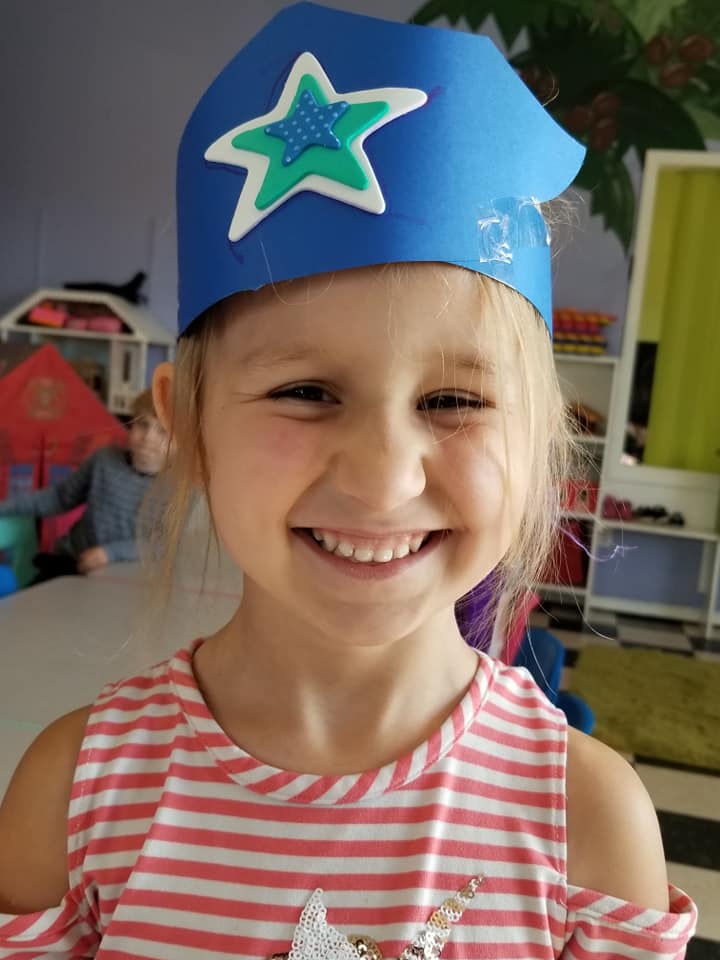
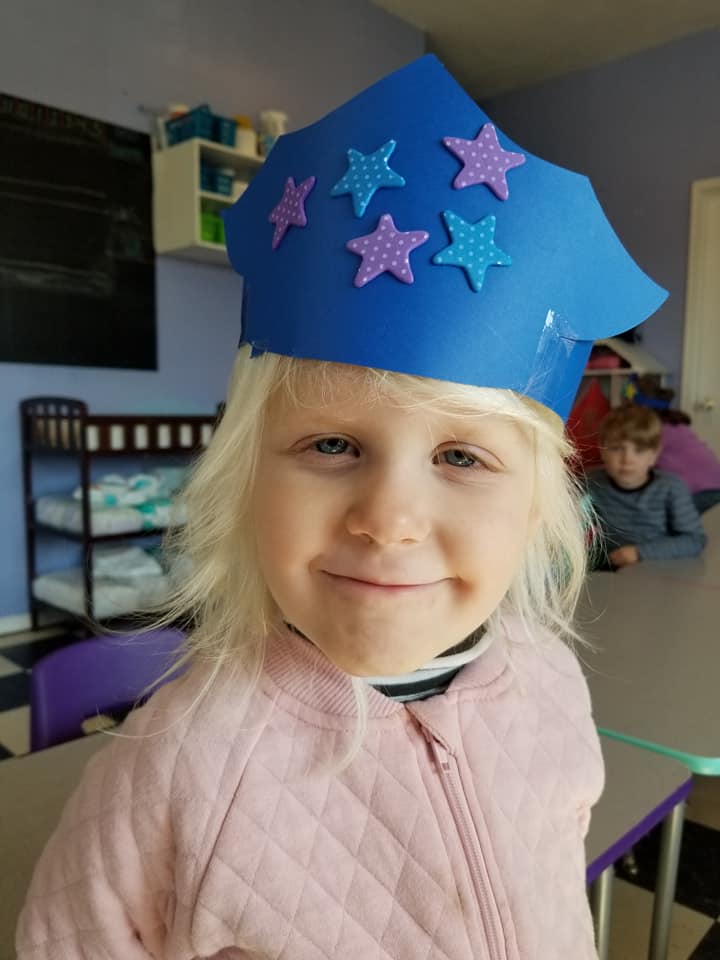

 RSS Feed
RSS Feed
